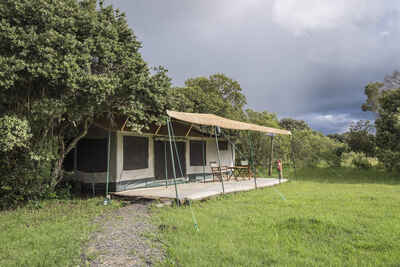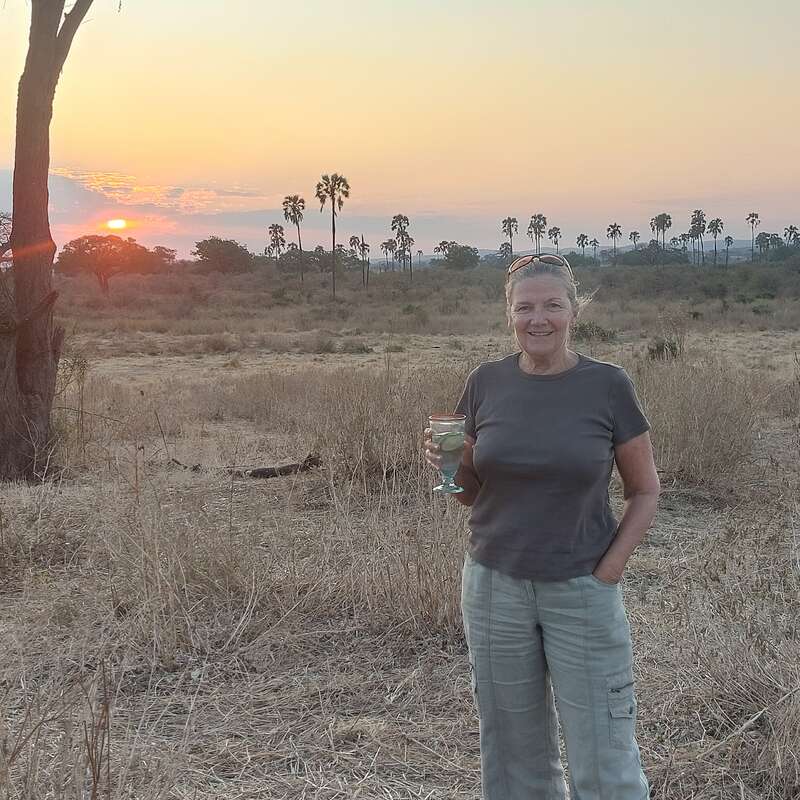About Porini Rhino Camp
Porini Rhino Camp is situated in the quiet western side of the Ol Pejeta Conservancy – a great base from ...
... which to see the rhinos after which the camp is named. With no other camps around it is a relatively simple and traditional tented camp. It aims to have a very low impact on the environment and employs a mix of local people and members of the Selenkay Maasai community from southern Kenya.
Porini Rhino suits those who are not after luxury, but are seeking a camp with a low-impact approach that really tries to benefit the local communities and wildlife. Those who buy into this ethos will really enjoy it here as long as their expectations of guiding are modest. The local guides and managers take real pride in what they do and know a lot about local culture and politics – but were not quite as articulate and experienced as those we came across at the other camps in the area.
Our view
Porini Rhino suits those who are not after luxury, but are seeking a camp with a low-impact approach that really tries to benefit the local communities and wildlife. Those who buy into this ethos will really enjoy it here as long as their expectations of guiding are modest. The local guides and managers take real pride in what they do and know a lot about local culture and politics – but were not quite as articulate and experienced as those we came across at the other camps in the area.
Accommodation
7 tents
Children
Best for 8+
Open
1 June - 15 April
Activities

4WD Safari

Birdwatching

Guided walking safari

Night drive

Private activities
Traveller reviews of Porini Rhino Camp
6 real, un-edited reviews from Expert Africa's travellers.
Arrived 17 Dec 2024, 3 nights
"Porini Rhino Camp review"
Overall rating: Excellent
Arrived 14 Aug 2024, 3 nights
"Porini Rhino Camp review"
Overall rating: Good
Arrived 22 Aug 2019, 2 nights
"The most comfortable tented camp"
Overall rating: Excellent
Arrived 5 Mar 2019, 3 nights
"Porini Rhino Camp excellent safari"
Overall rating: Excellent
Arrived 16 Oct 2015, 3 nights
"Porini Rhino Camp review"
Overall rating: Excellent
Arrived 14 Aug 2015, 3 nights
"Porini Rhino Camp review"
Overall rating: Excellent
Arrived 9 Dec 2014, 3 nights
"Porini Rhino Camp"
Overall rating: Excellent
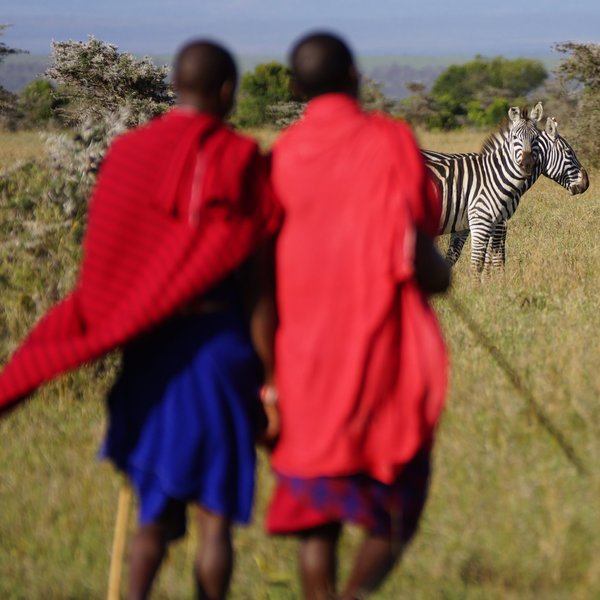
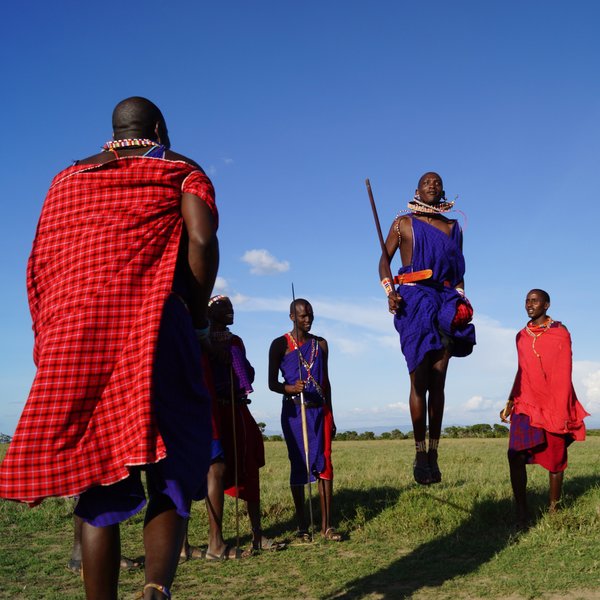
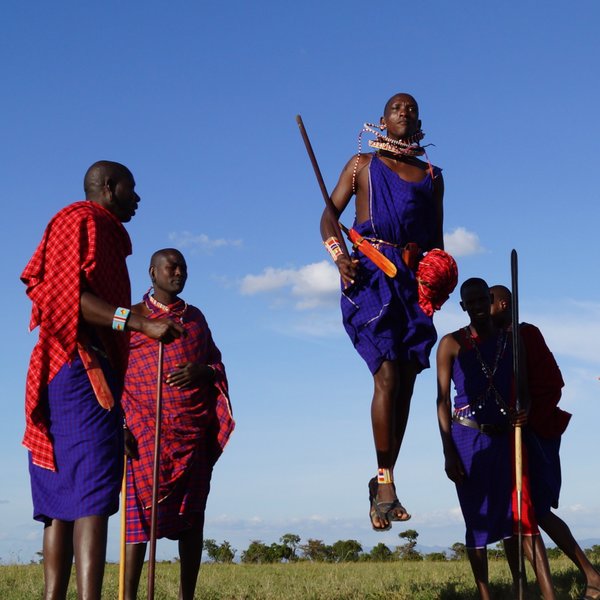
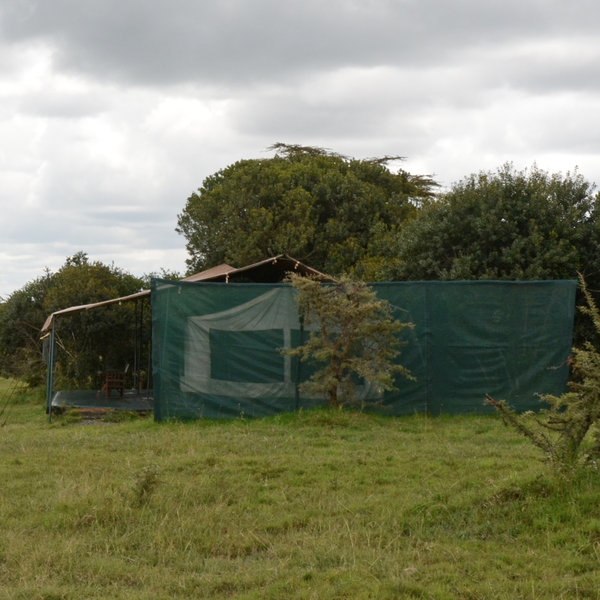
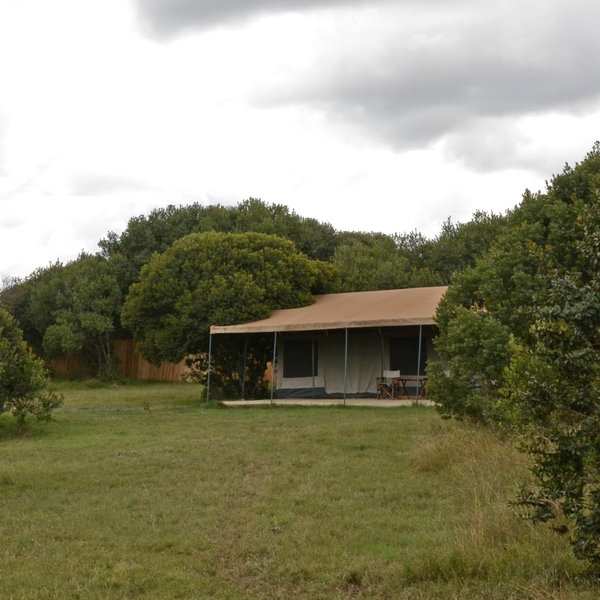
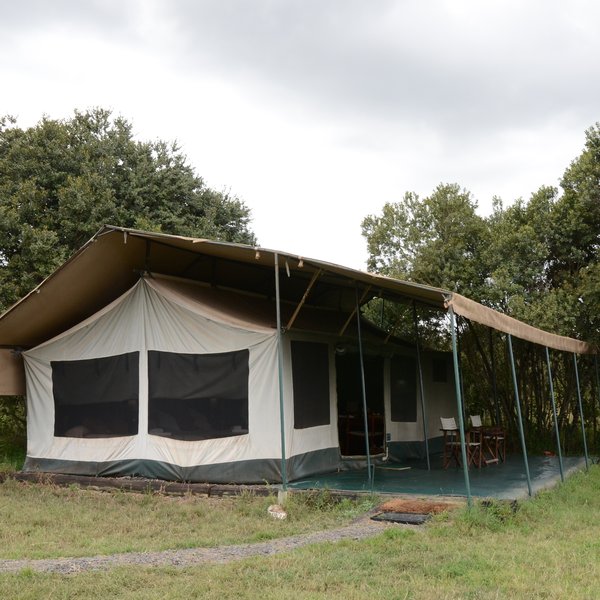
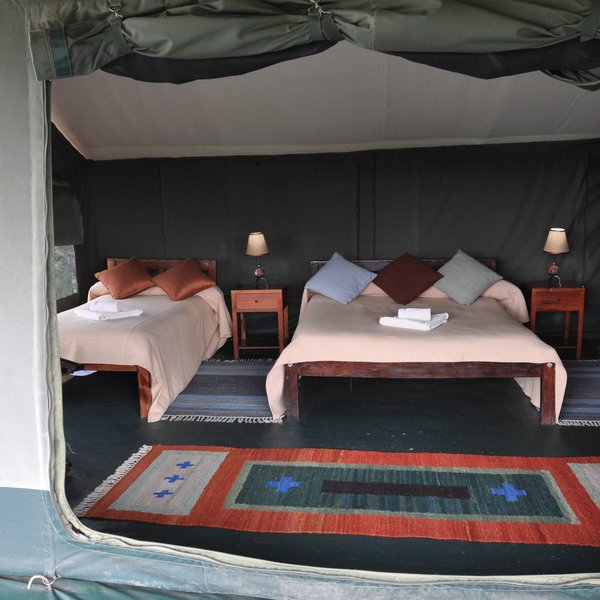
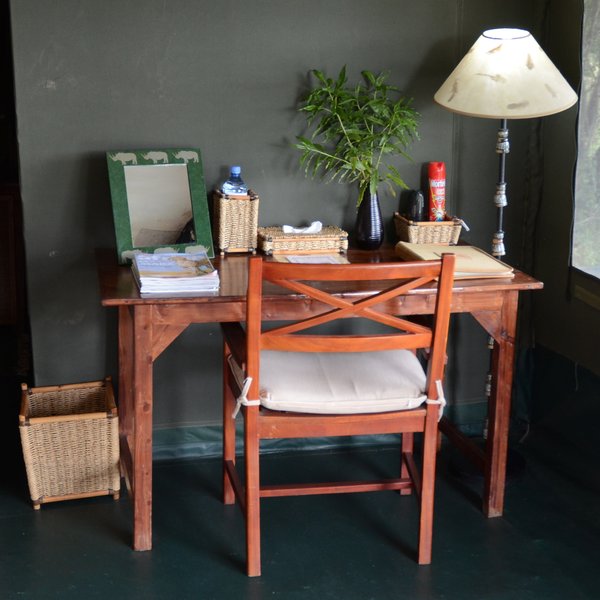
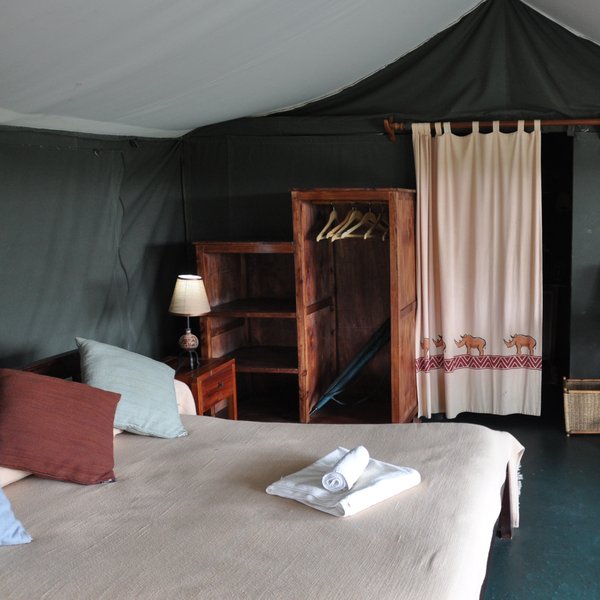
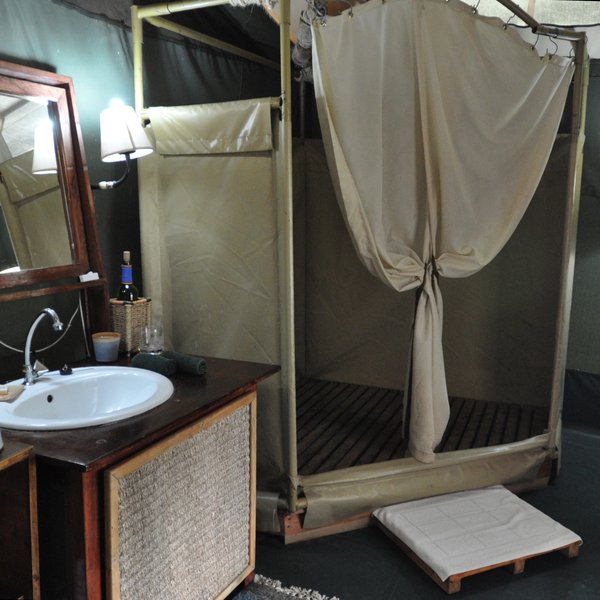
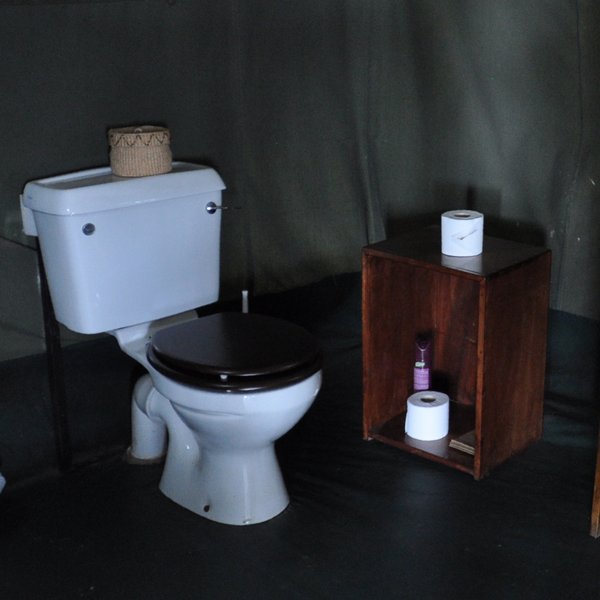
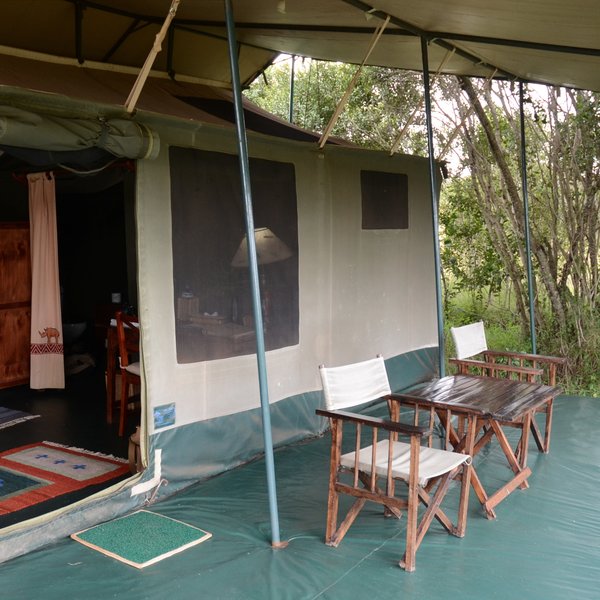
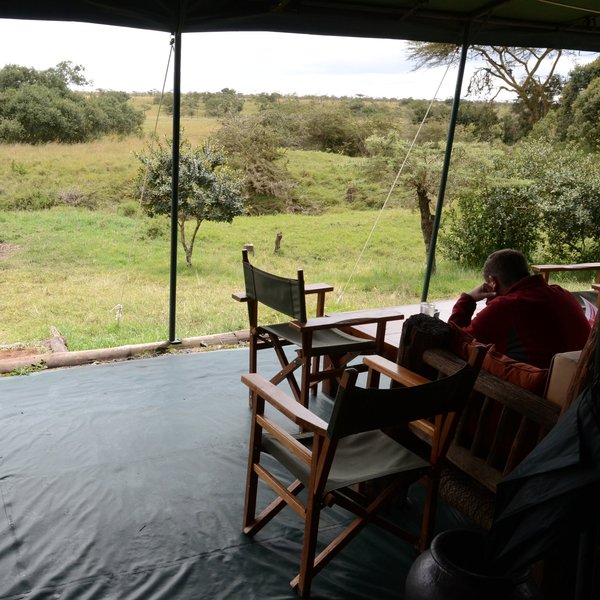
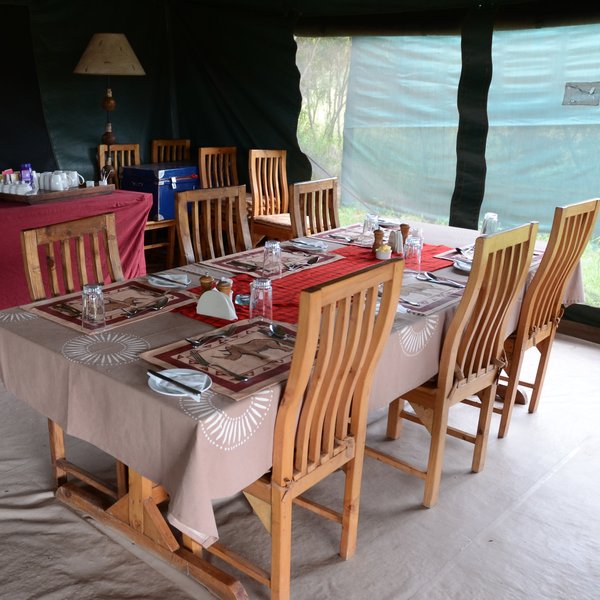
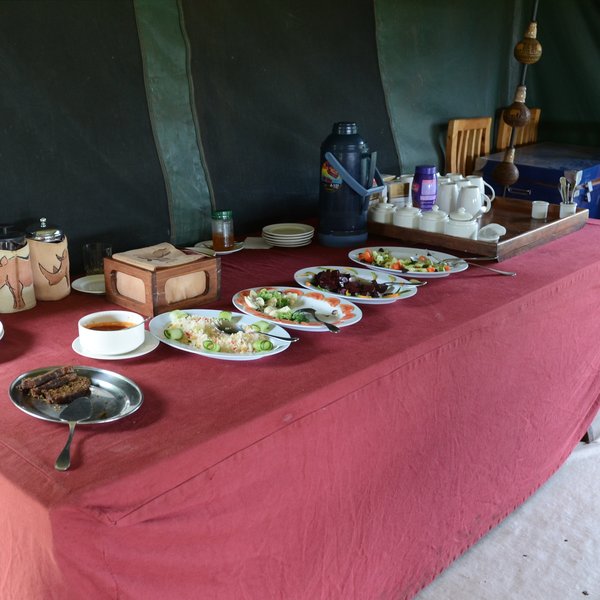
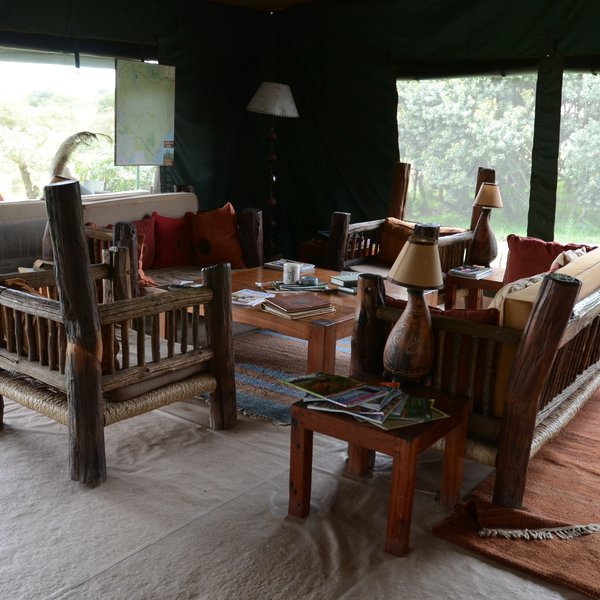
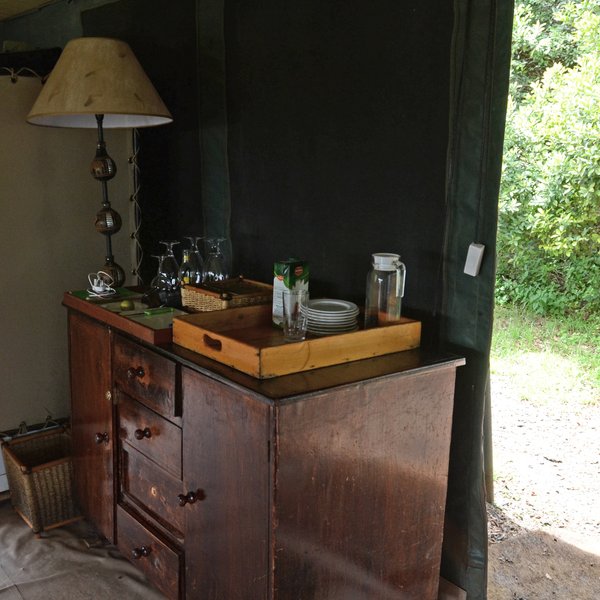
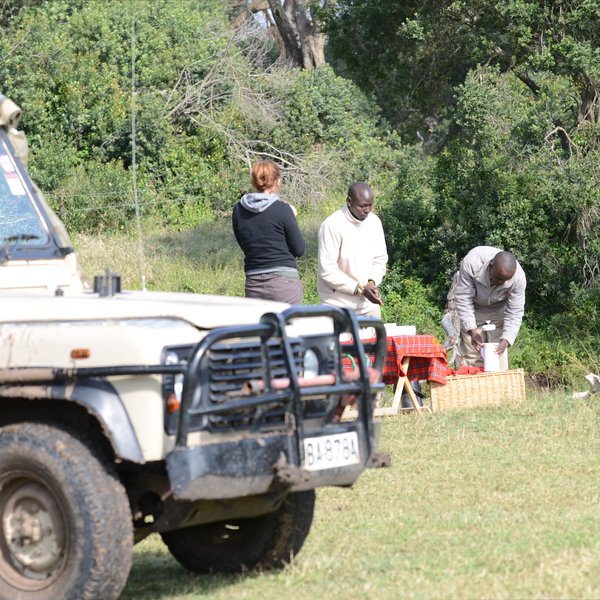
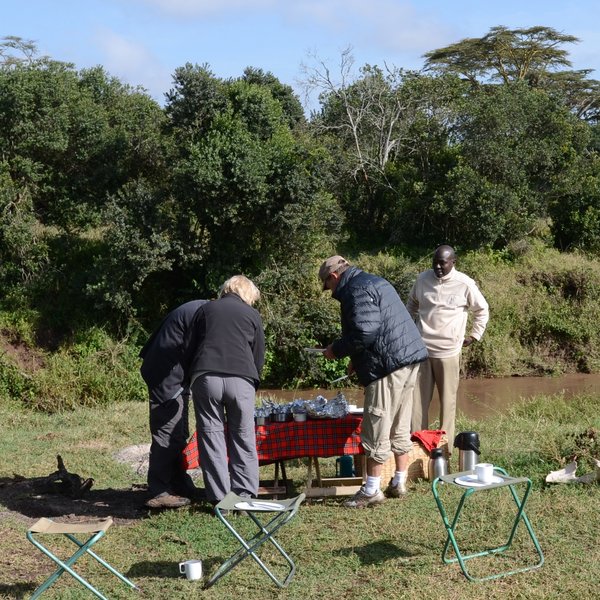
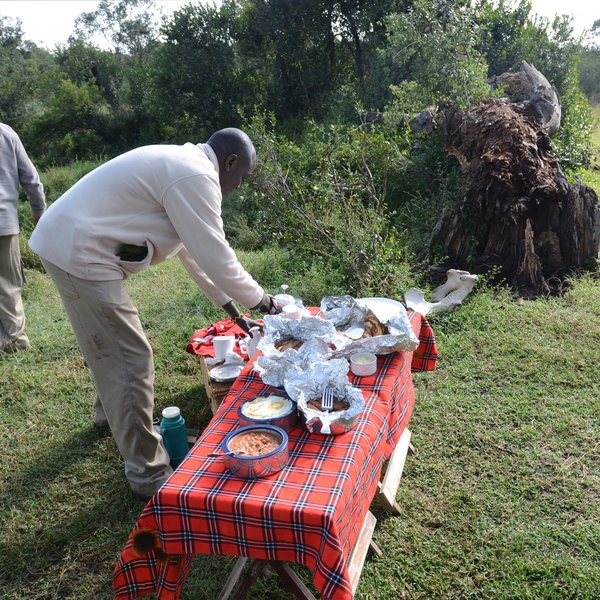
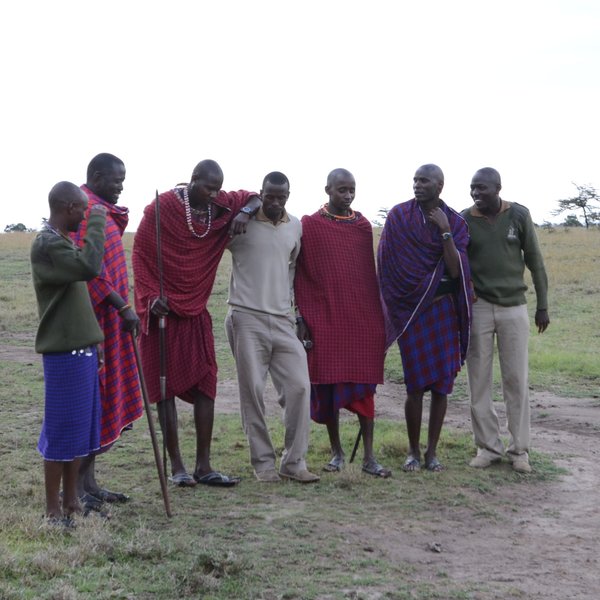
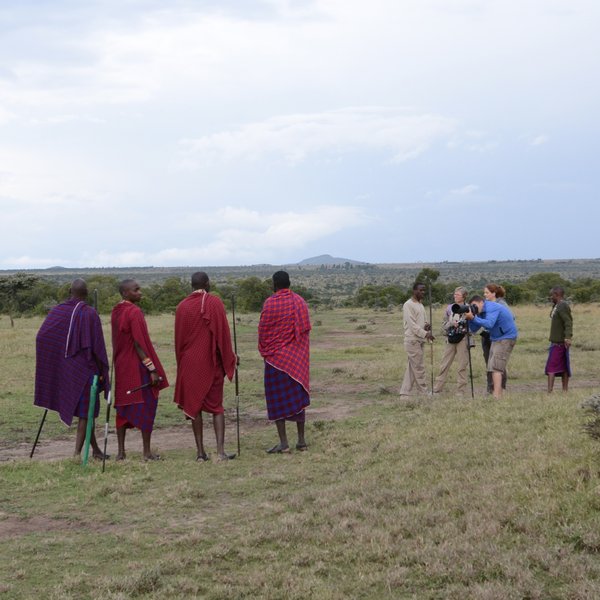
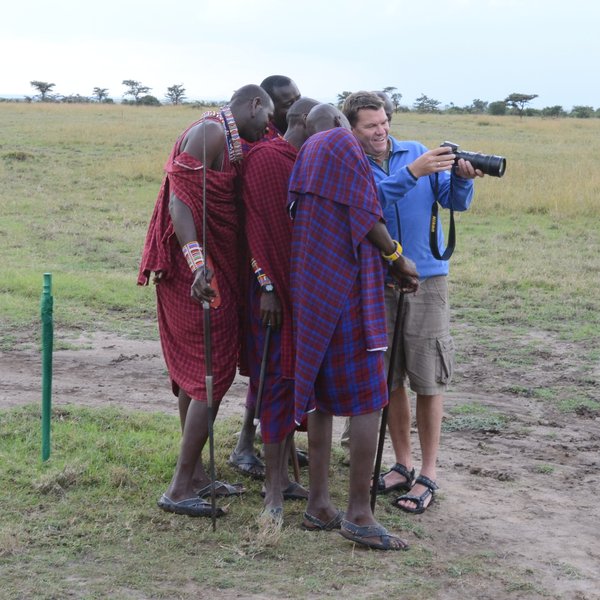
Expert Africa's gallery
When we travel we take lots of photos ourselves to give you a real and un-edited view of the safaris. See our 23 pictures of Porini Rhino Camp to get the candid view.
View galleryPorini Rhino Camp: Our full report
Porini Rhino Camp is situated in the quiet western side of the Ol Pejeta Conservancy – a great base from ...
... which to see the rhinos after which the camp is named. With no other camps around it is a relatively simple and traditional tented camp. It aims to have a very low impact on the environment and employs a mix of local people and members of the Selenkay Maasai community from southern Kenya.
Porini Rhino Camp is owned by the same team that is behind Porini Lion Camp, Porini Mara Camp and Porini Amboseli. All the camps are similar in their simple tented approach.
The Ol Pejeta Conservancy is 364km² of protected land, sitting in the shadow of Mount Kenya. This is a great area for people keen to see black and white rhino, which are both comparatively numerous here. There is also the chance to visit the rhino sanctuary, which is home to the last two remaining Northern White Rhino in the world – one of the two subspecies of this rhino (the other being the southern white rhino).
Right by the camp is a seasonal stream and a salt lick – spread with additional salt on a weekly basis, to attract local wildlife. It really works and during our last stay at the camp in September 2016, we sat and watched giraffe, impala, warthog and zebra just from the main area.
Porini Rhino's central area consists of a main mess tent, with a dining table for communal meals, and chunky wooden-framed seating. The colours and style are very rustic with lots of oranges, browns and greens, in keeping with the natural surroundings. Tea and coffee are available here throughout the day and there is always a member of the team on hand to assist you.
In front of the main tent is a veranda with some more seating set out around coffee tables, and a small campfire, where guests enjoy a drink before dinner.
The seven tented rooms at Porini Rhino Camp are spaced nicely apart and face out onto the plains and a small watering hole. Each is fully constructed of canvas, with a vinyl floor spread with rugs, and has a veranda at the front with a table and chairs. Inside, rugs are spread on the floor and the furniture – including both a double and a single bed, a small writing desk and a luggage stand – is simple and unfussy, lending a slightly homely feel but offering more in the way of practicality than style. It’s worth noting that each tent is configured exactly the same, so for guests sharing a ‘twin’, one will person have a double bed and one will have a single.
When we visited the camp in 2018, we were told that the camp has plans to add a family tent, in time for the dry season in 2019, which would be in-keeping with the other Porini camps in the Maasai Mara. Ask us for the latest on this.
In the en-suite bathroom, separated by a curtain from the main room, you will find a flush toilet, a basin with cold running water and a "safari shower" with hot water brought at a time agreed between you and your tent attendant. Here again, the furniture is of simple wooden construction but it is all very functional and perfectly clean. Toiletries are provided, and the camp offers a full laundry service.
The activities at Porini Rhino Camp are all led by local guides dressed in traditional Maasai attire. Safari drives take place in large 4WD vehicles – mostly Land Rovers – that always have a guide and a spotter. However, the camp will put up to seven guests in a vehicle, so not everyone is always guaranteed a window seat if the camp is full. The vehicles are open-sided, with tarpaulin covers at the rear. The seats and side bars are somewhat low, which can make resting a camera hard without crouching. Bean bags are not always available – ask in advance.
Visits to the rhino sanctuary are at extra cost – currently (in 2018) US$40 per person – but we consider this a must-do activity. It is best booked in advance due to limited visitor numbers. Visitors to the sanctuary are met by a ranger, who takes you into the 160-hectare enclosure by vehicle.
It is also possible to arrange a night drive (on the way back to camp, for an hour), bush breakfasts and visits to a chimpanzee sanctuary on the Ol Pejeta Conservancy. This last isn't for everybody – the chimps are rescued animals kept in huge outdoor enclosures, so it is more of a zoo-like experience – albeit for a good cause.
Although bush walks are also offered at Porini, these are not always accompanied by an armed ranger (Porini's guides are armed only with spears), so we cannot recommend them. The walks take around 45 minutes and often end with cultural displays from the Maasai team of traditions such as spear-throwing – all highly photogenic. A ranger will join only if available.
We found the guides at Porini Rhino camp very eager, though arguably less knowledgeable than guides we have come across elsewhere. We also found their understanding of photography and light was a bit lacking when compared to guides in many of the other camps.
Activities
4WD Safari
Birdwatching
Guided walking safari
Night drive
Private activities
Families & children
- Attitude towards children
- Porini Rhino Camp is happy to take children over seven years old.
- Property’s age restrictions
- There is no specific minimum age at Porini Rhino Camp, though in practice it would be 3+.
- Special activities & services
- There are no special activities for children, but the Maasai staff will teach children some of their warrior skills such as spear throwing.
- Equipment
- None.
- Generally recommended for children
- This is a low-key and unpretentious camp and we would expect families to feel comfortable here.
- Notes
- It is wild and unfenced, so parents must keep a close eye on their children, who are their responsibility at all times.
Food & drink
- Usual board basis
- Full Board & Activities
- Food quality
- For a simple camp, the food at Porini was as we expected it to be when we last ate in 2016: hearty, filling but uncomplicated. Fresh ingredients are sourced locally.
Breakfast can either be taken in camp, or you can leave early with a packed breakfast. Either way, expect a selection of continental breakfast items followed by cooked eggs, bacon and sausage. We enjoyed a lovely bush breakfast on the banks of a small river, watching hippos and birds as we ate.
Lunch, a tasty three courses, is usually served outside if weather permits, around one big sociable table. After a rich, chilled avocado soup and bread that was served to the table, we helped ourselves to a buffet that included meatloaf, tomato salsa, egg salad, and tomato and cucumber salad. Pudding was crème caramel followed by tea and coffee.
Dinner is also a communal meal, hosted by the manager. It's a sociable event, kicked off with a warming soup which can be very welcome on cooler winter evenings. We enjoyed the steamy potato soup very much. The main course is served to the table with the staff bringing round dishes such as peppered steak, cauliflower cheese, broccoli and mashed potatoes. Pudding was a rich chocolate fondant with cream, again followed by tea and coffee. - Dining style
- Group Meals
- Dining locations
- Indoor and Outdoor Dining
- Further dining info, including room service
- Room service is possible at Porini Rhino Camp, but advance notice is needed as there are no phones or radios in the tents.
- Drinks included
- All house drinks are included at Porini Rhino Camp, although they don’t offer any premium tipples or Champagne.
Our travellers’ wildlife sightings from Porini Rhino Camp
Since mid-2018, many of our travellers who stayed at Porini Rhino Camp have kindly recorded their wildlife sightings and shared them with us. The results are below. Click an animal to see more, and here to see more on our methodology.

100% success

100% success

100% success

100% success

100% success

100% success

100% success

75% success

75% success

25% success

25% success

25% success

0% success

0% success

0% success

0% success
Getting there
- Location
- Laikipia, Kenya
- Ideal length of stay
- 2–3 nights
- Directions
- There are daily 90-minute flights from Nairobi to Nanyuki Airport. It is then a 53km or two-hour drive to camp. There is a charter airstrip very near to the camp for those who want to avoid the long drive.
- Accessible by
- Fly-and-Transfer
Communications
- Power supply notes
- Porini Rhino Camp runs entirely off solar power, which charges batteries and stores energy as a back-up in case there hasn't been sun for a while. There are lights in the tents, but no charging sockets; camera batteries and the like can be charged in the manager's office tent. The fridge is propane-powered.
- Communications
- There is intermittent Safaricom cellphone reception around Porini Rhino Camp, and limited email in the office for use in an emergency. Tent #1 has the best coverage.
- TV & radio
- TV isn't available in camp (though there is a TV at the Kamok abbatoir).
- Water supply
- Transported in
- Water supply notes
- Cold water is plumbed to the washbasins and loos in each tent. Three 5000-litre tanks store it. Large plastic barrels of drinking water are used to provide water in flasks for the guest tents. Ordinary small, sealed bottles of drinking water are available for those who prefer to be able to break the seal.
Health & safety
- Malarial protection recommended
- Yes
- Medical care
- Porini Rhino Camp has first-aid kits in camp and in each of the vehicles, and most members of staff are first-aid trained. In case of emergency, they have links with flying doctors. There is a charter airstrip about five minutes away at Kamok.
- Dangerous animals
- High Risk
- Security measures
- There are Maasai warriors at the camp who act as guards to escort guests around camp, by day and night.
- Fire safety
- There are fire extinguishers dotted around Porini Rhino Camp, and each of the tents has both an extinguisher and a sand bucket. Staff fire-training is done when the camp is closed.
Useful info
- Disabled access
- Not Possible
- Laundry facilities
- A full laundry service is offered, but they do not accept underwear.
- Money
- Porini Rhino Camp has no safe. They cannot offer any kind of currency exchange.
- Accepted payment on location
- Cash is accepted in US dollars, British pounds, euros and Kenyan shillings, but Porini Rhino Camp cannot accept credit cards. In practice, they don't have any expectation of cash exchanges being necessary as there is nothing to pay for.
Plan and book your trip with Expert Africa
All of our trips are tailor-made, so we'll always adapt them to suit you. Talk to an Expert and let us plan and arrange your perfect trip.

Talk to an Expert
Call or email us now! We’ll match you with the Specialist in our team who is best suited to help you. Then together we can start planning your trip.

Set up your itinerary
Based on our experience and your ideas, your specialist will create a detailed, costed itinerary. We’ll refine it together, until we have a trip that you’re perfectly happy with.

Prepare for your trip
The same Specialist will make the seamless arrangements for your trip, send you detailed travel documents, and be available to answer any questions before you depart.

Travel with peace of mind
After you set off, you’ll be cared for by our partners in Africa, most of whom have worked with Expert Africa for decades. And if you ever need us urgently, we’re available 24/7.

When you return
We love to learn about your trip, and so will always be grateful if you’ve the time to give feedback to your Specialist when you return.
Porini Rhino Camp's location
Look closer at the environment and surroundings of Porini Rhino Camp.
Excursions from Porini Rhino Camp
Optional extra day-trips and excursions possible whilst you're staying at Porini Rhino Camp. Talk to us: these are usually best arranged before you go.
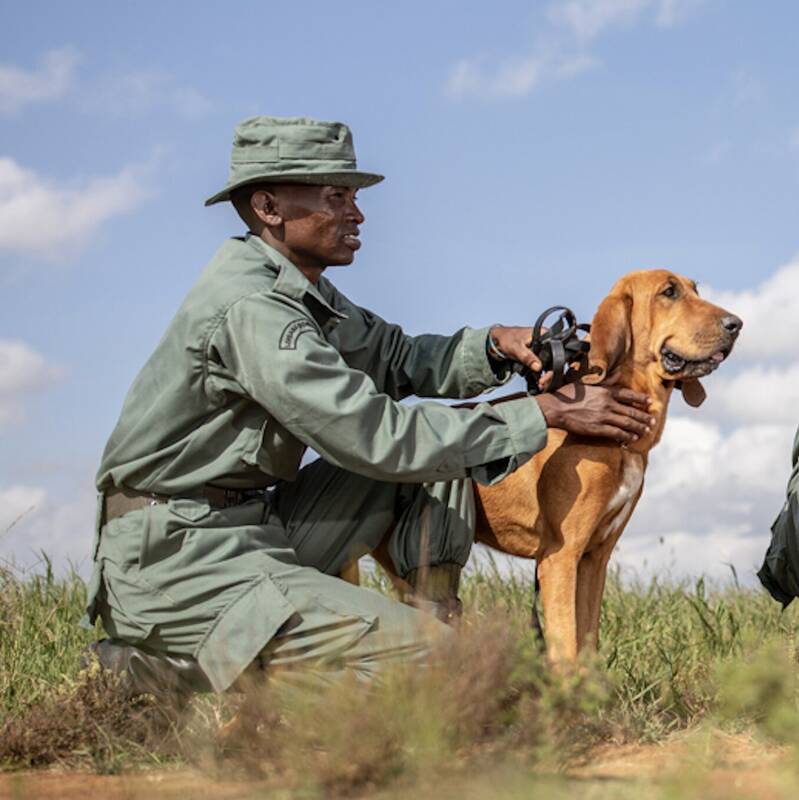
Anti-poaching Dogs Display
Approx. one hour
Interact with the dog keepers and learn about what it takes to look after the specially trained canine team. Guests are encouraged to try and evade the sniffer dogs, not only is this great fun, but it helps to offer genuine training for the dogs.
More about Anti-poaching Dogs Display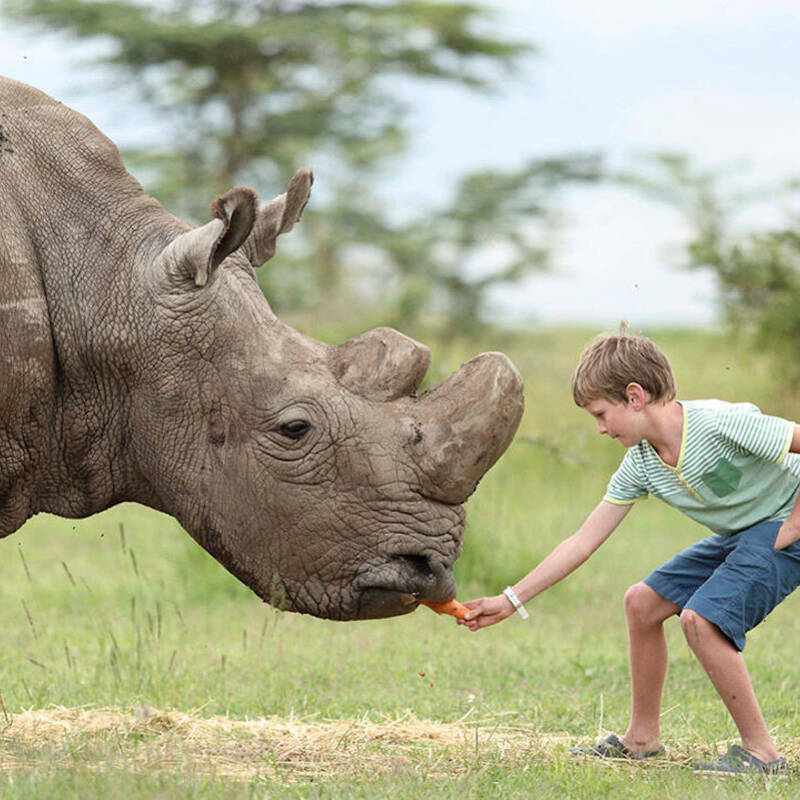
Northern White Rhinos visit
One hour, usually as part of your drive
Visit the Endangered Species Enclosure at Ol Pejeta Conservancy for a close encounter with the last two remaining northern white rhinos. You can visit either by game drive vehicle or visit on horseback if you're an experienced rider. Other rare species include Jackson's hartebeests and Grevy's zebras.
More about Northern White RhinosOther lodges in Laikipia
Alternative places to stay in this same area.
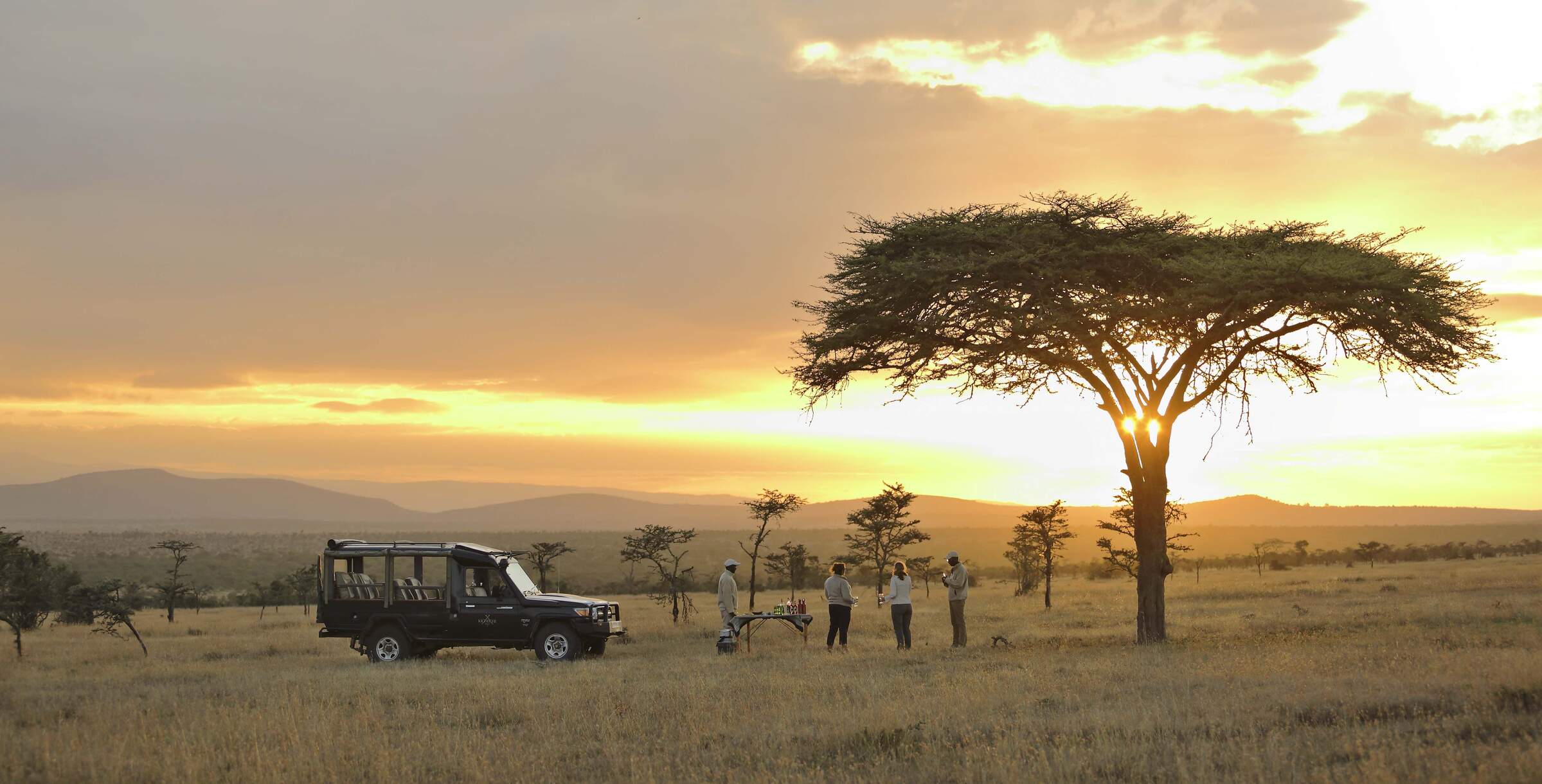
Kicheche Laikipia
Kicheche Laikipia is the most luxurious tented camp of the handful of places to stay in the Ol Pejeta Conservancy in central Laikipia.
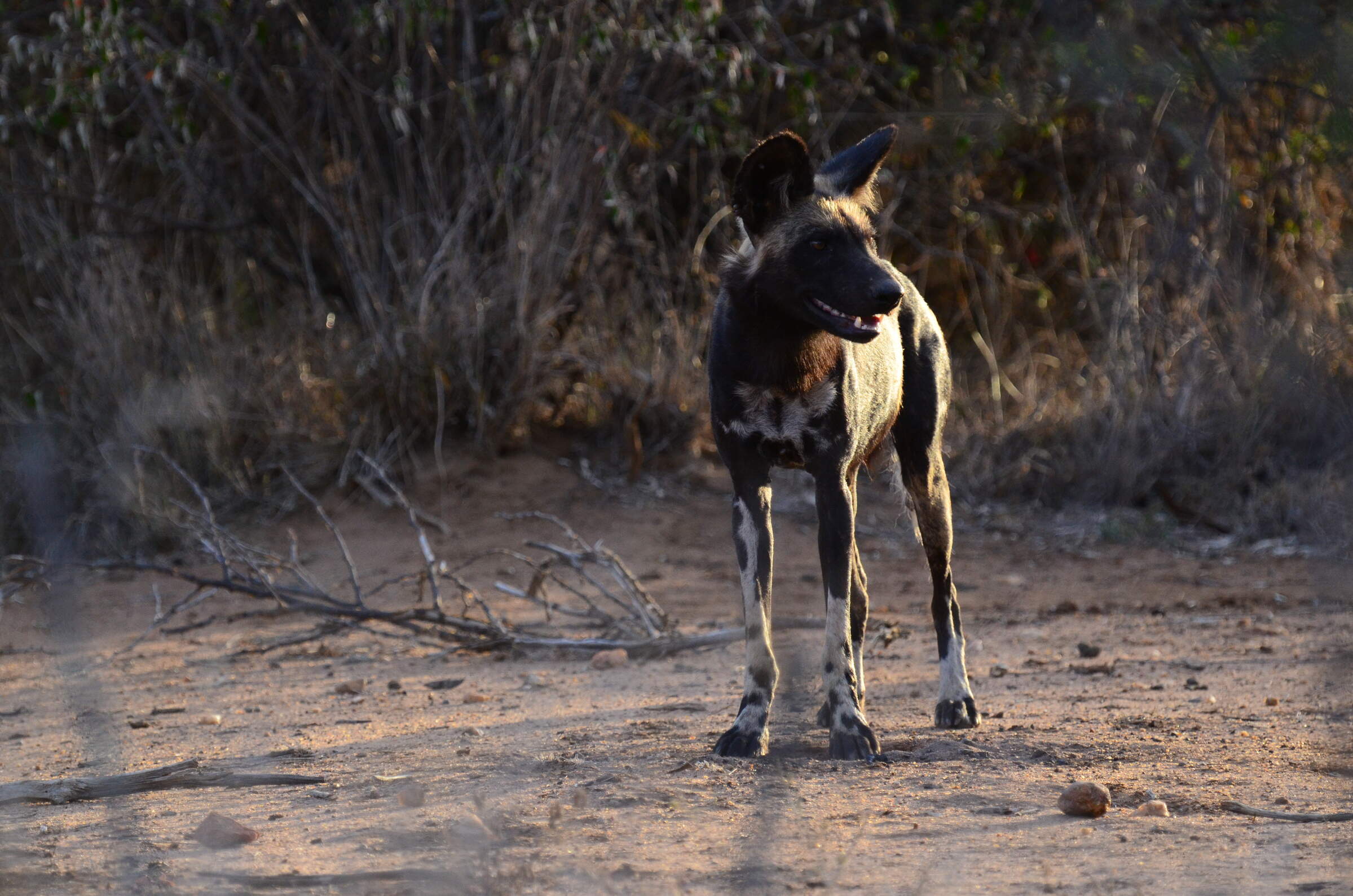
Laikipia Wilderness
Laikipia Wilderness is a rustic owner-managed bush camp, in excellent wild dog territory, offering outstanding guiding.
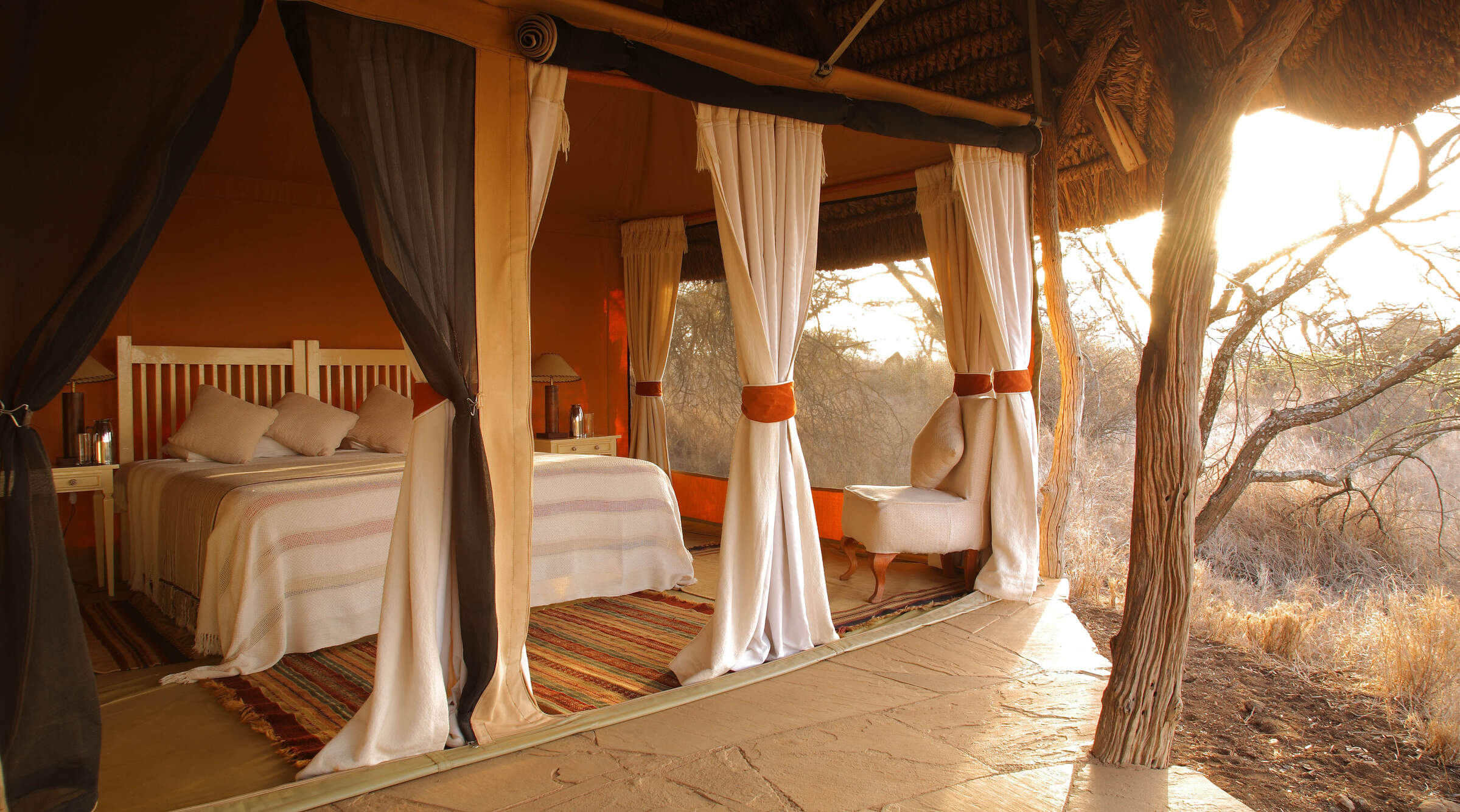
Lewa Safari Camp
Lewa Safari Camp is a comfortable and homely tented lodge, located in the Lewa Conservancy and offering a relatively exclusive safari away from mass tourism.
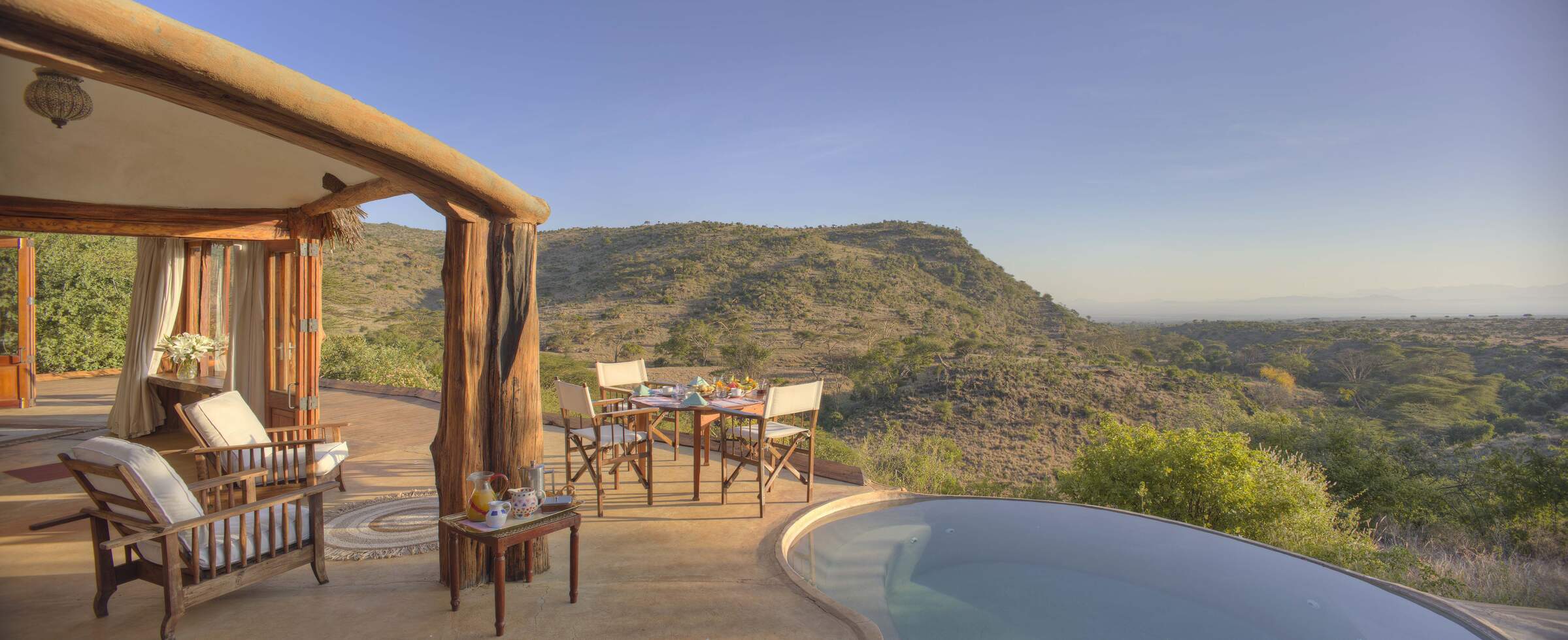
Lewa Wilderness
Lewa Wilderness is a comfortable, fenced safari lodge with nine cottages, great views and a huge range of activities.
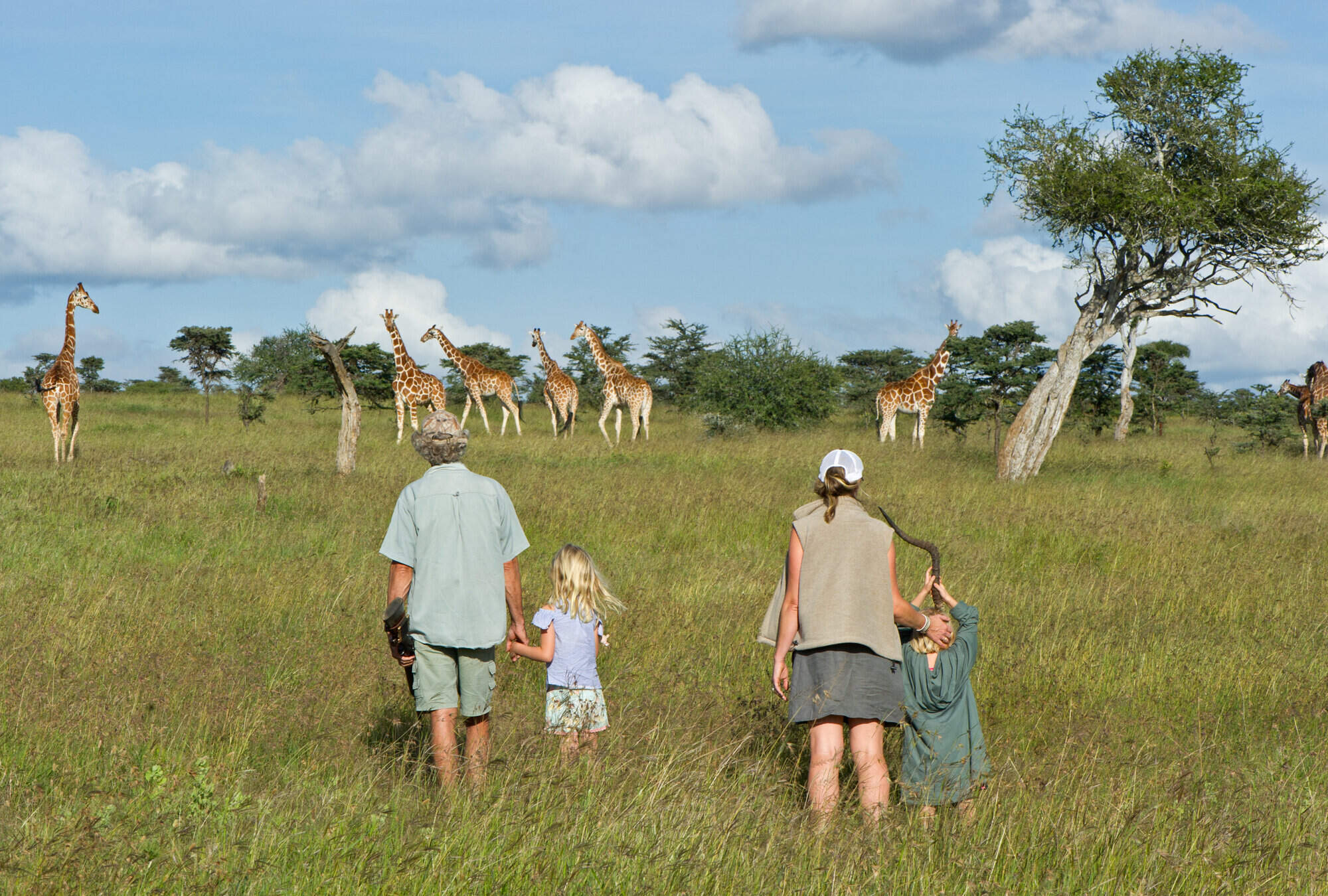
El Karama Lodge
El Karama is a comfortably rustic, very personal, riverside eco-lodge on a game-rich private ranch in Laikipia, an hour’s drive north of Nanyuki airport.
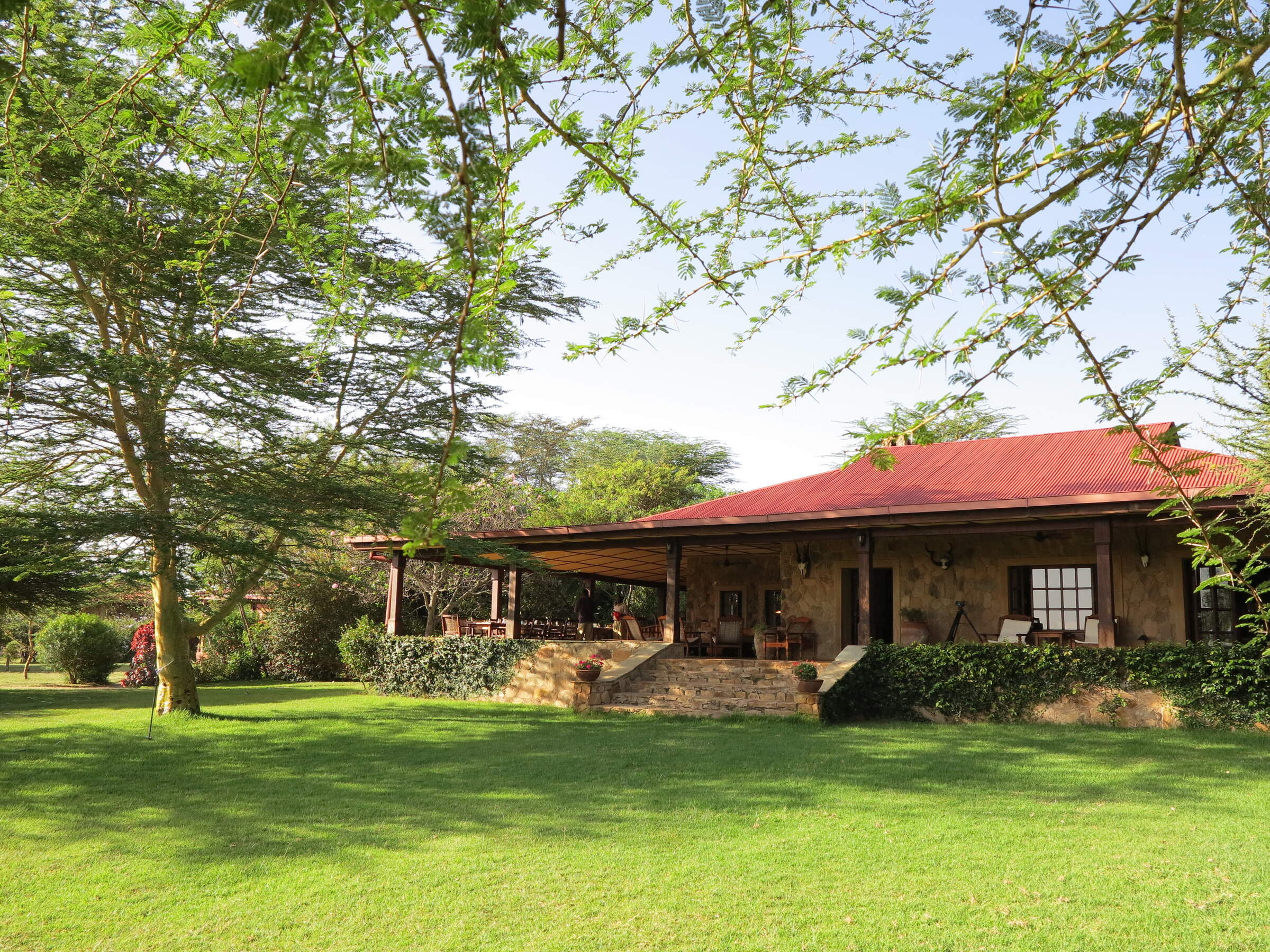
Sosian
Sosian Lodge is a distinctive, estancia-style ranch house on a former cattle ranch, with great opportunities for riding, relaxing and seeing wild dogs and other savannah wildlife.
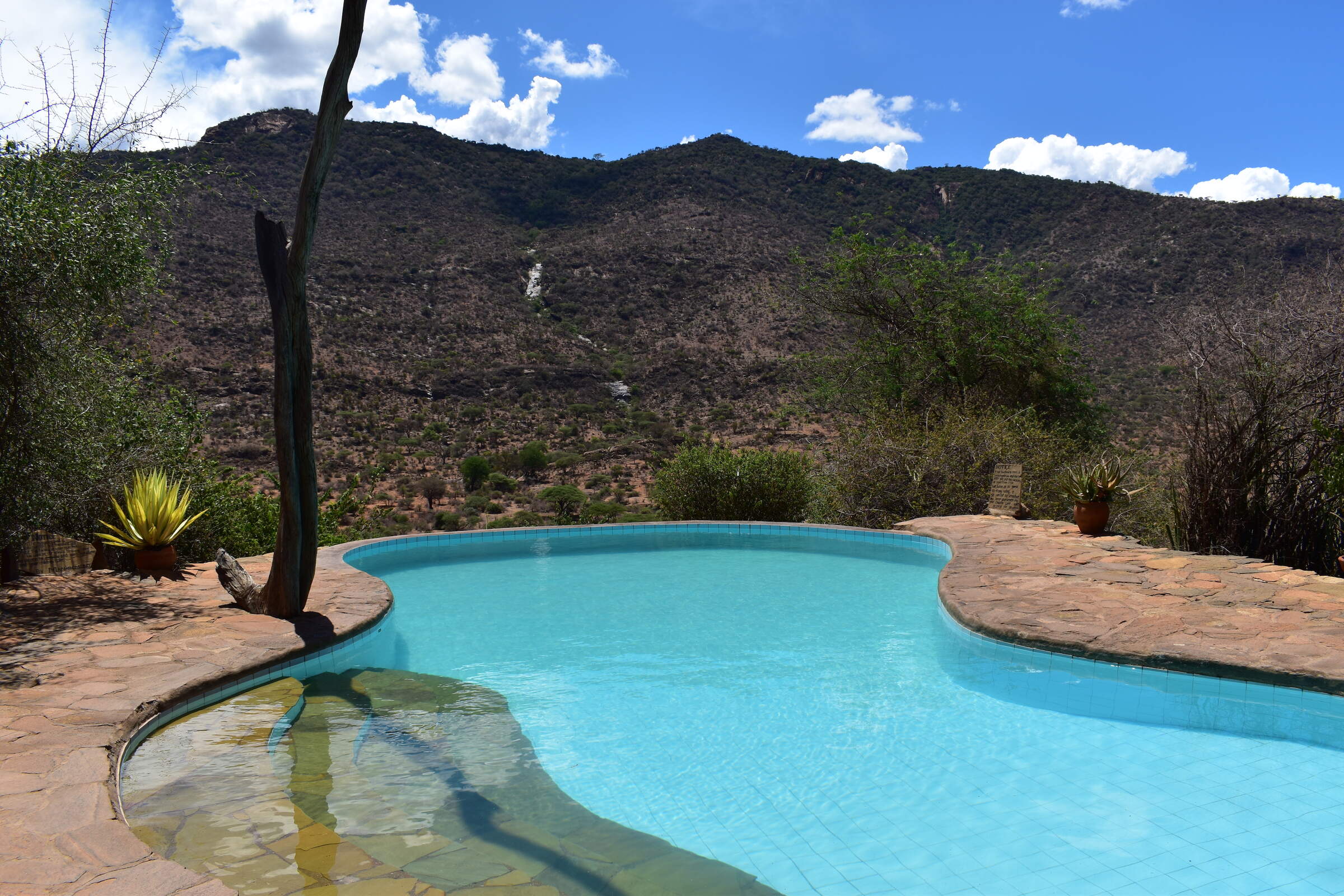
Il Ngwesi Eco-Lodge
The community-owned Il Ngwesi Eco-Lodge sits atop a small hill in the remote Il Ngwesi Group Ranch, a two-hour drive north of Lewa Conservancy in north-eastern Laikipia.
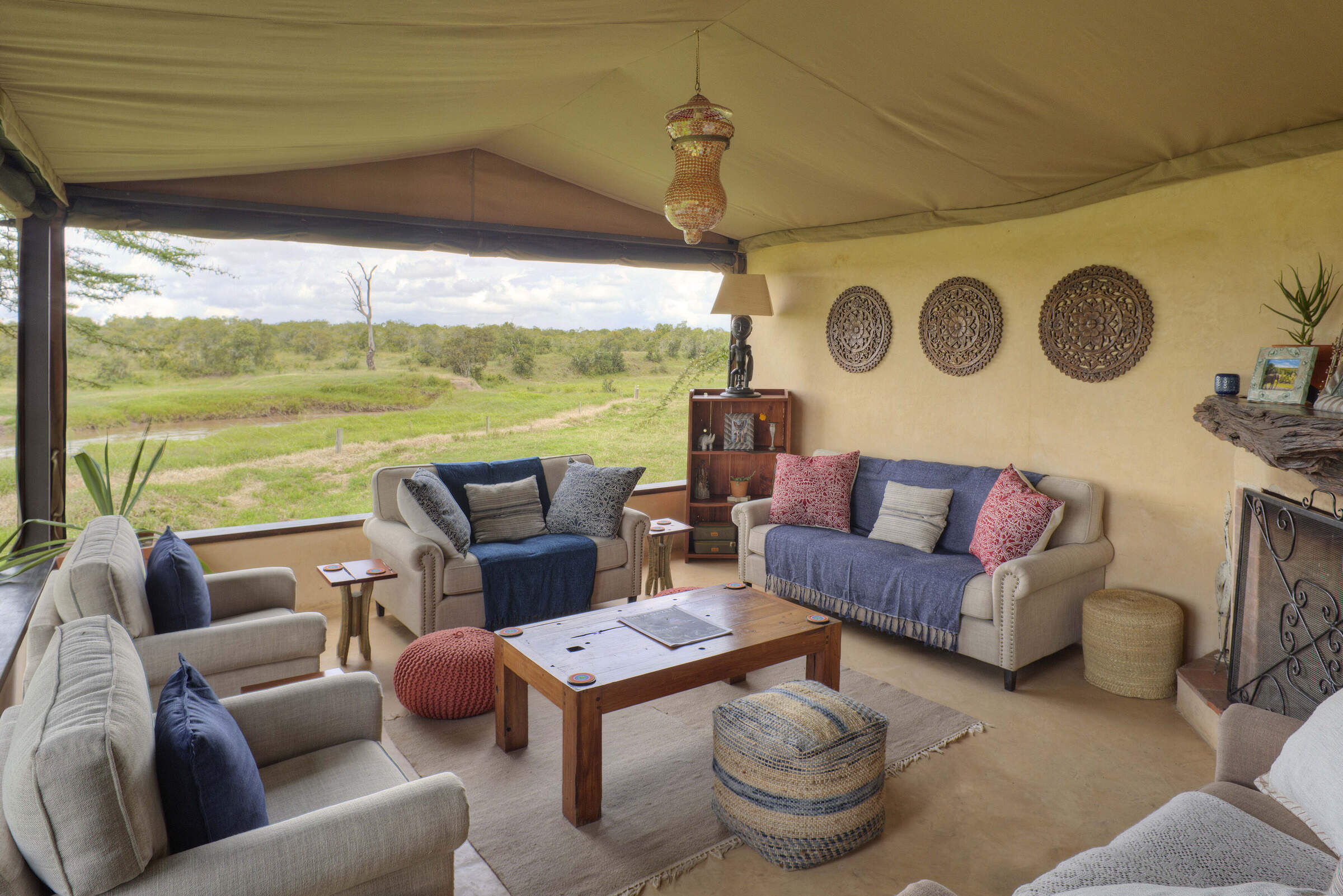
Ol Pejeta Bush Camp
Ol Pejeta Bush Camp is a simple camp, with comfortable tents, delivering an authentic wilderness experience backed up by good food and guiding.
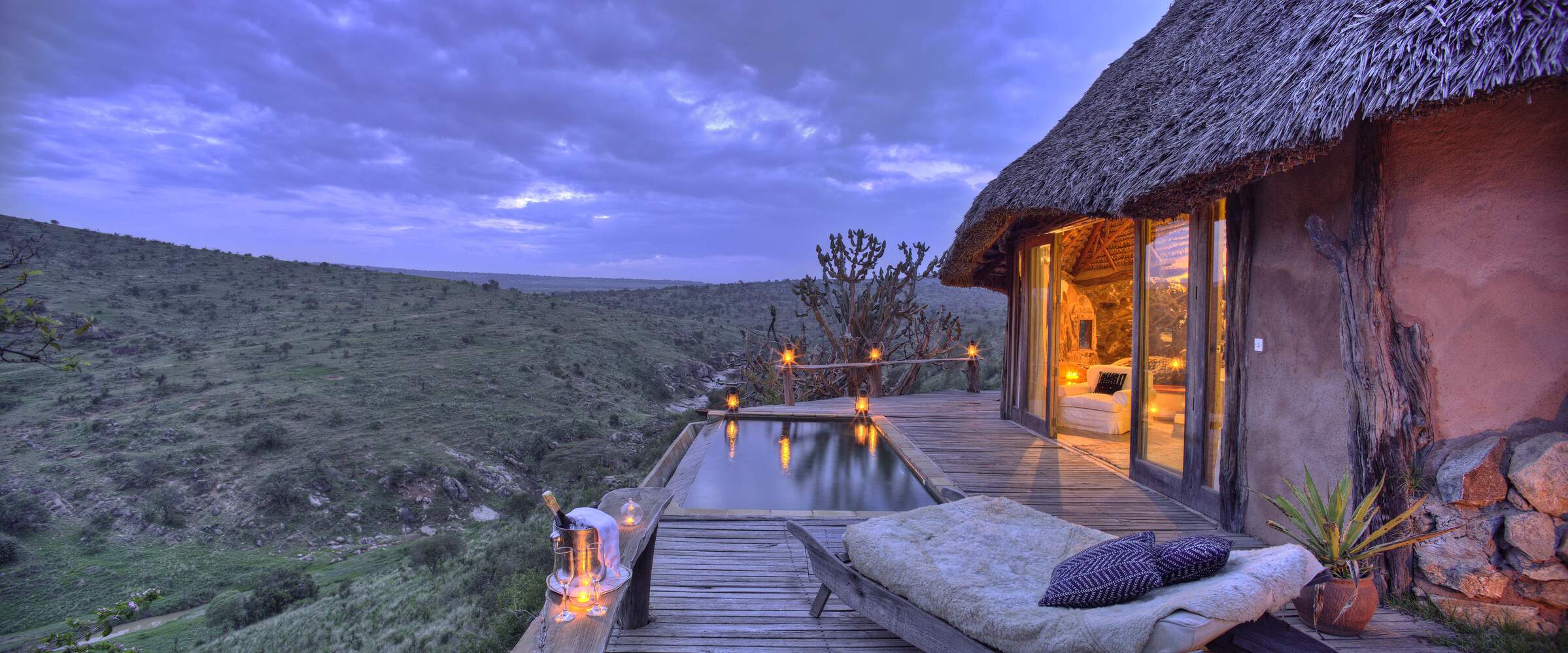
Borana
Borana is a comfortable and striking lodge on the Borana Conservancy in eastern Laikipia, offering pleasant accommodation with good food and service and a very wide range of activities.
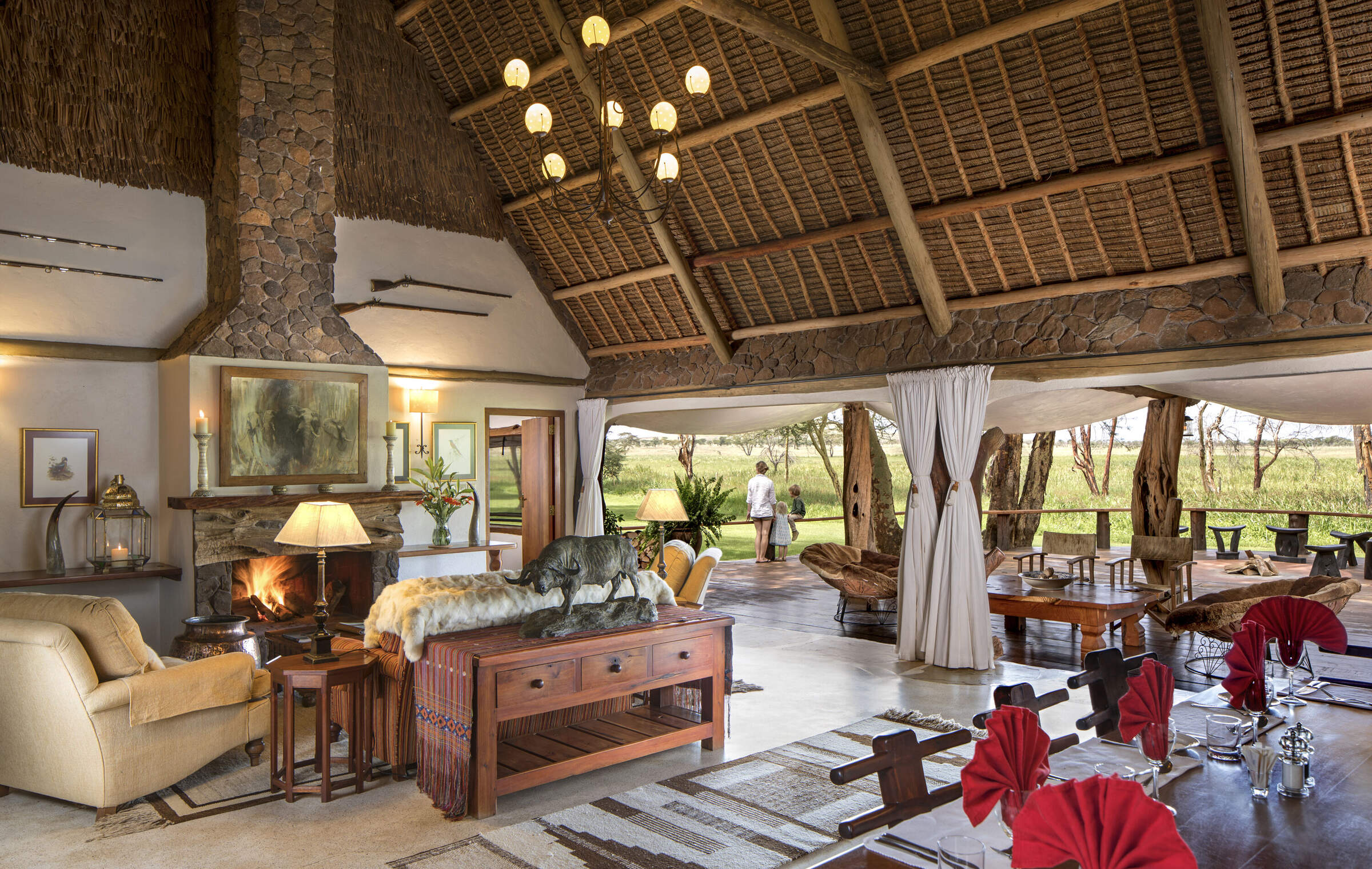
Sirikoi
Sirikoi is a small, very high-quality safari camp with excellent service and food and a wide selection of activities.
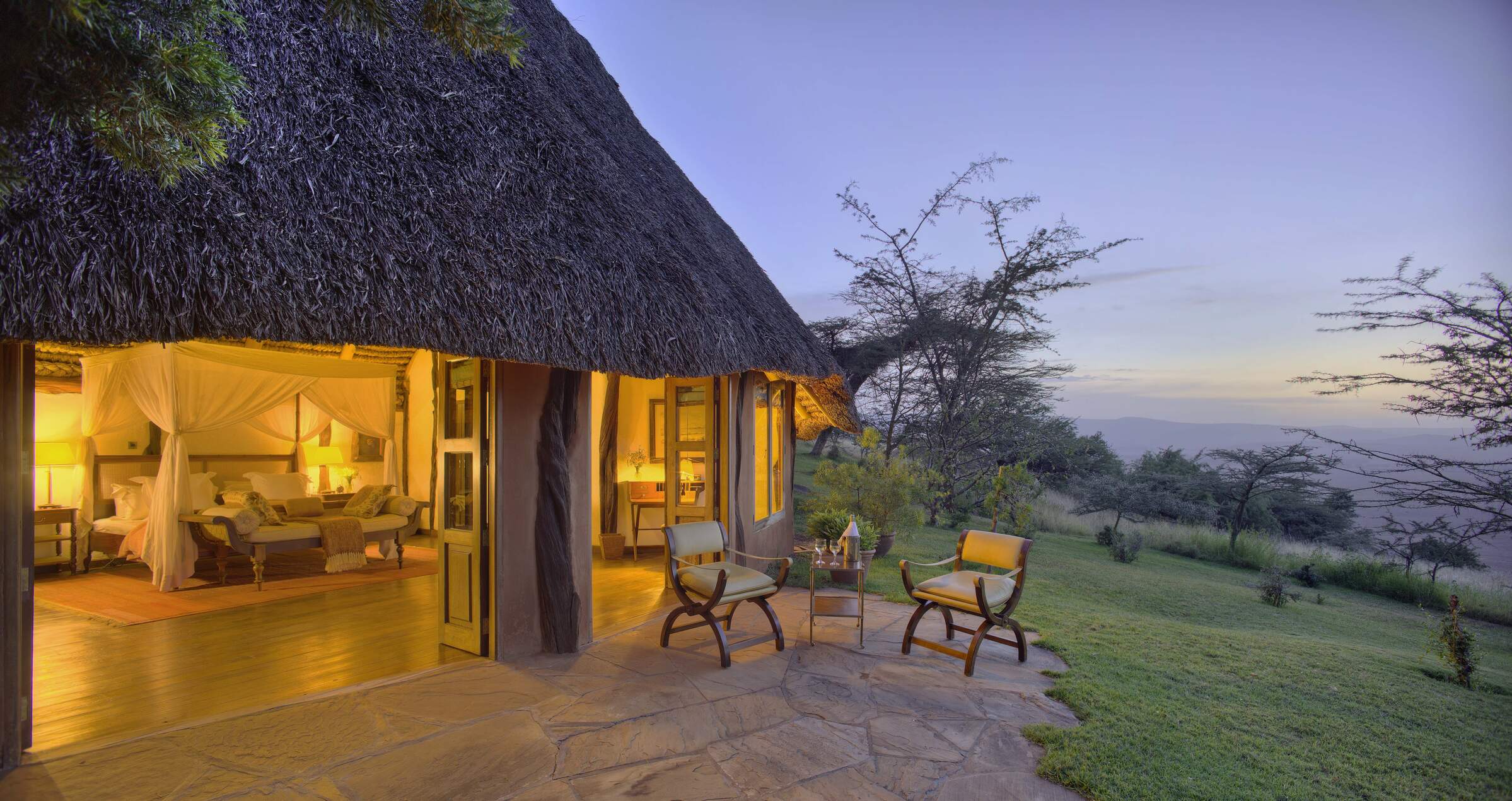
Kifaru House
Kifaru House is a small, stylish safari lodge in the Lewa Conservancy, with beautiful views across the landscape.
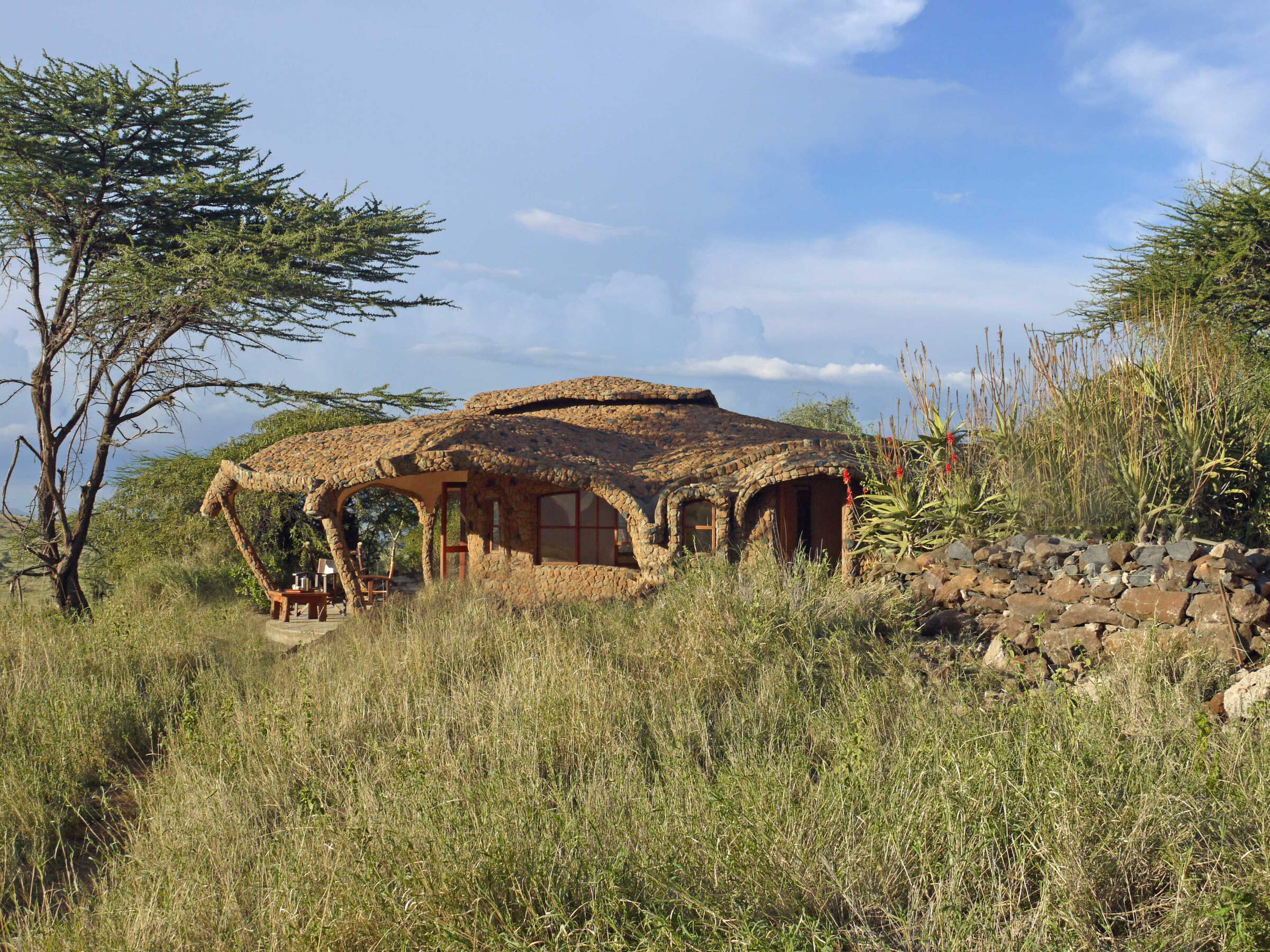
Lewa House
Lewa House is a very comfortable, farmstead-style safari lodge located on the Lewa Conservancy, north of Mount Kenya.
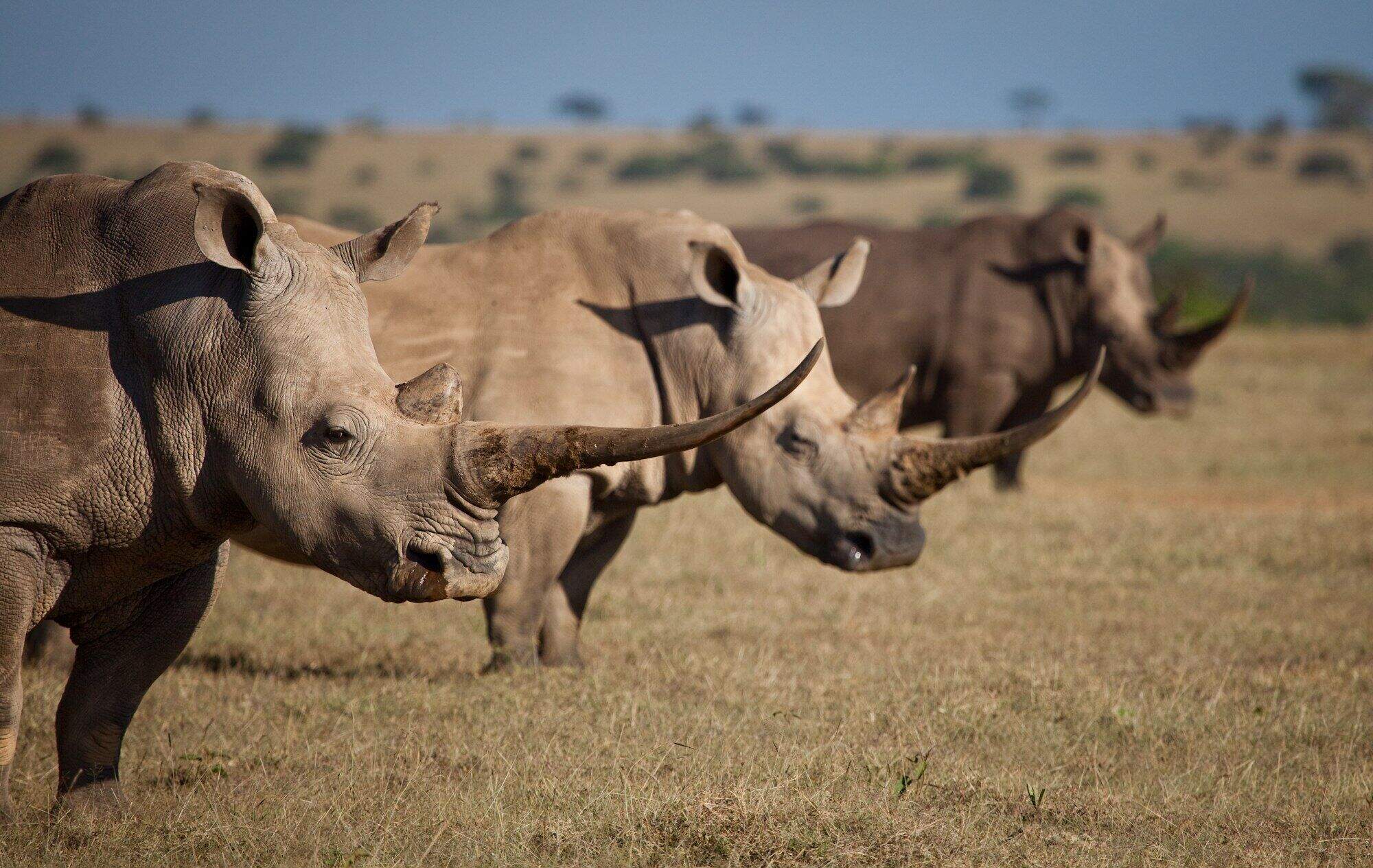
Solio Lodge
Solio Lodge is an exclusive and luxurious bush lodge set in the private Solio Game Ranch in southern Laikipia.
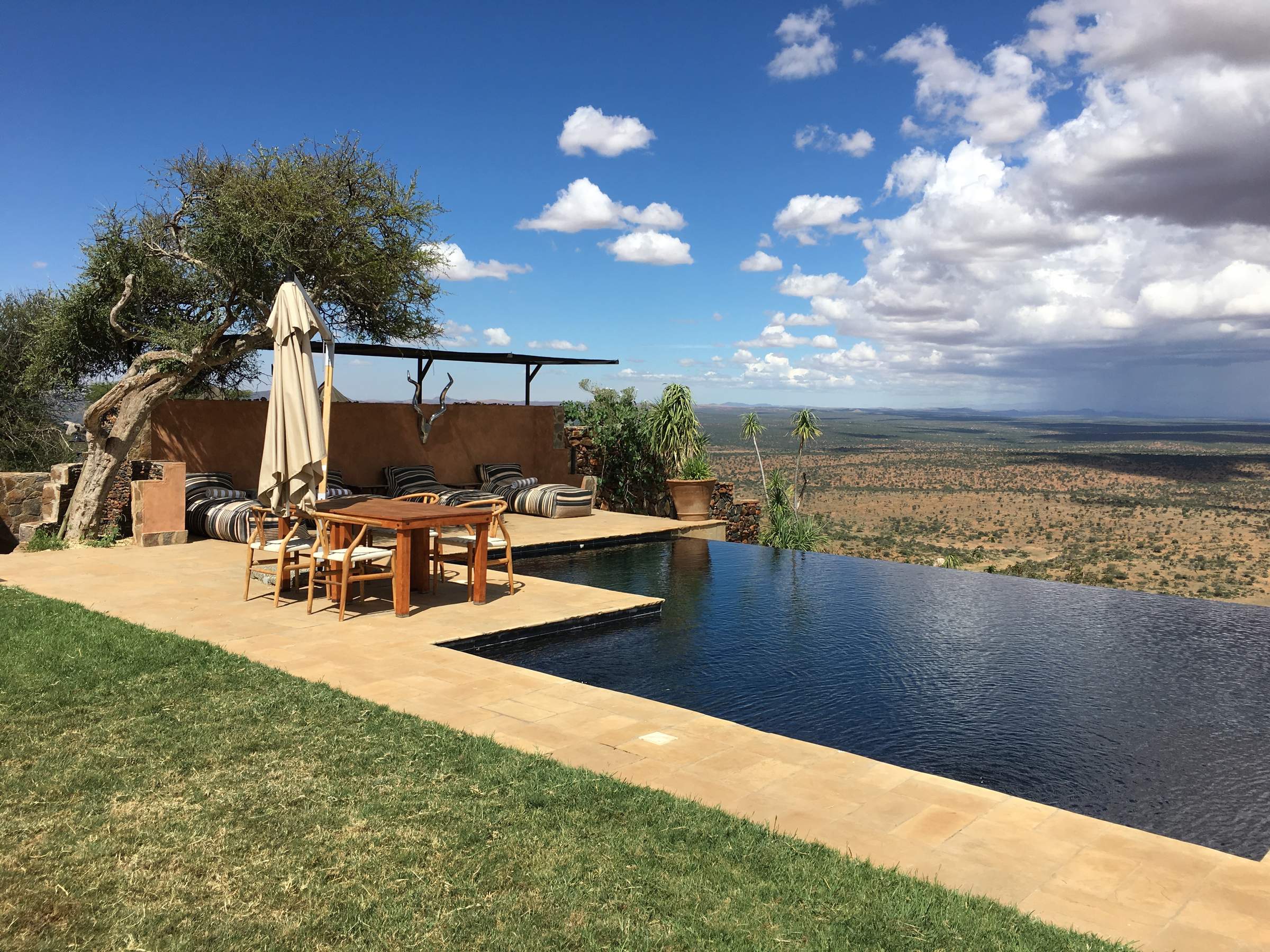
Loisaba Tented Camp
Loisaba Tented Camp is a luxury safari base of tented rooms, ranged along a ridge in the Loisaba Conservancy, facing Mount Kenya. The camp was completely rebuilt in 2016.
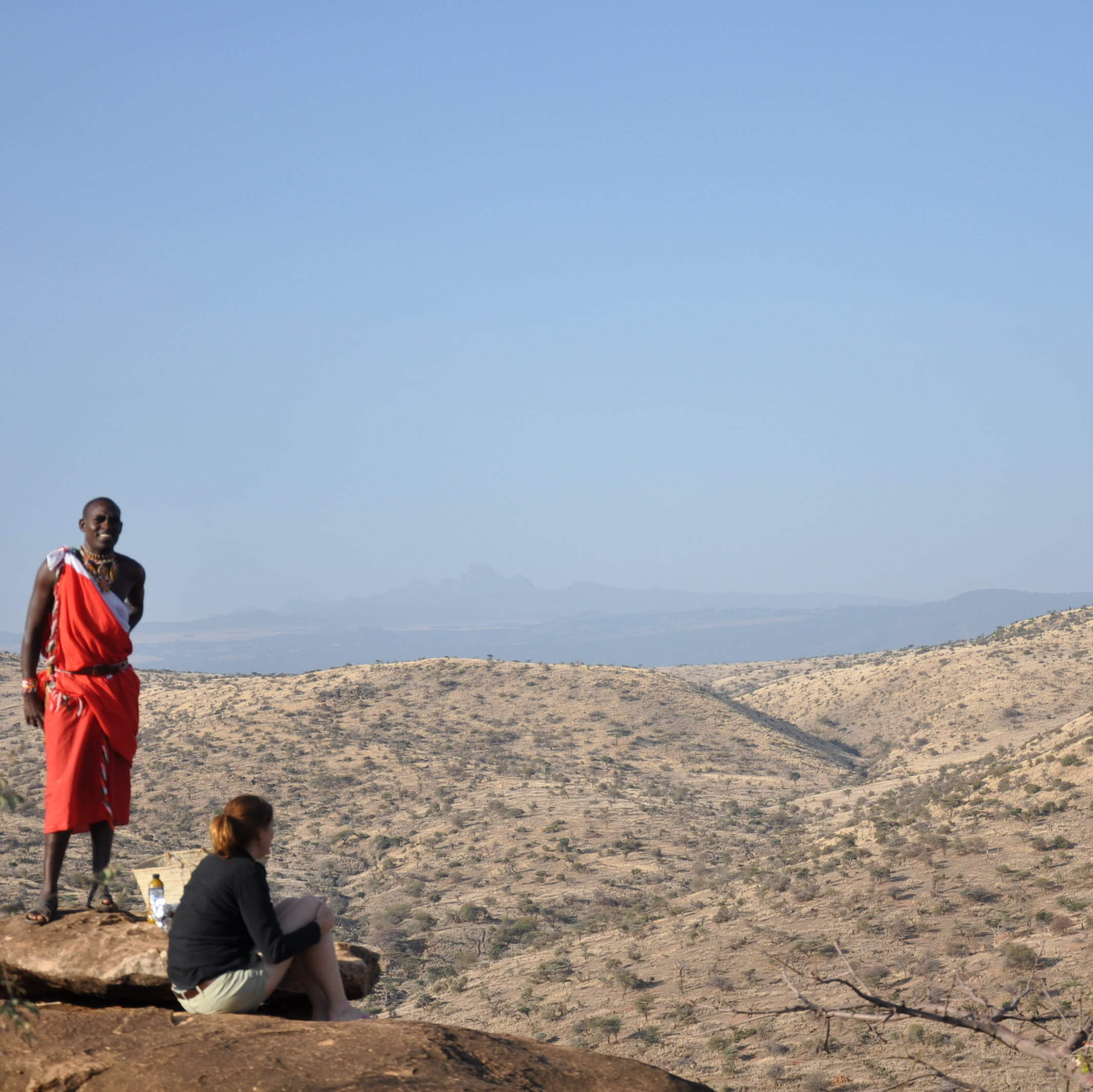
Tassia Lodge
Tassia offers a unique wilderness experience in a remote location: come here for cultural interaction, stunning views and something a bit different.
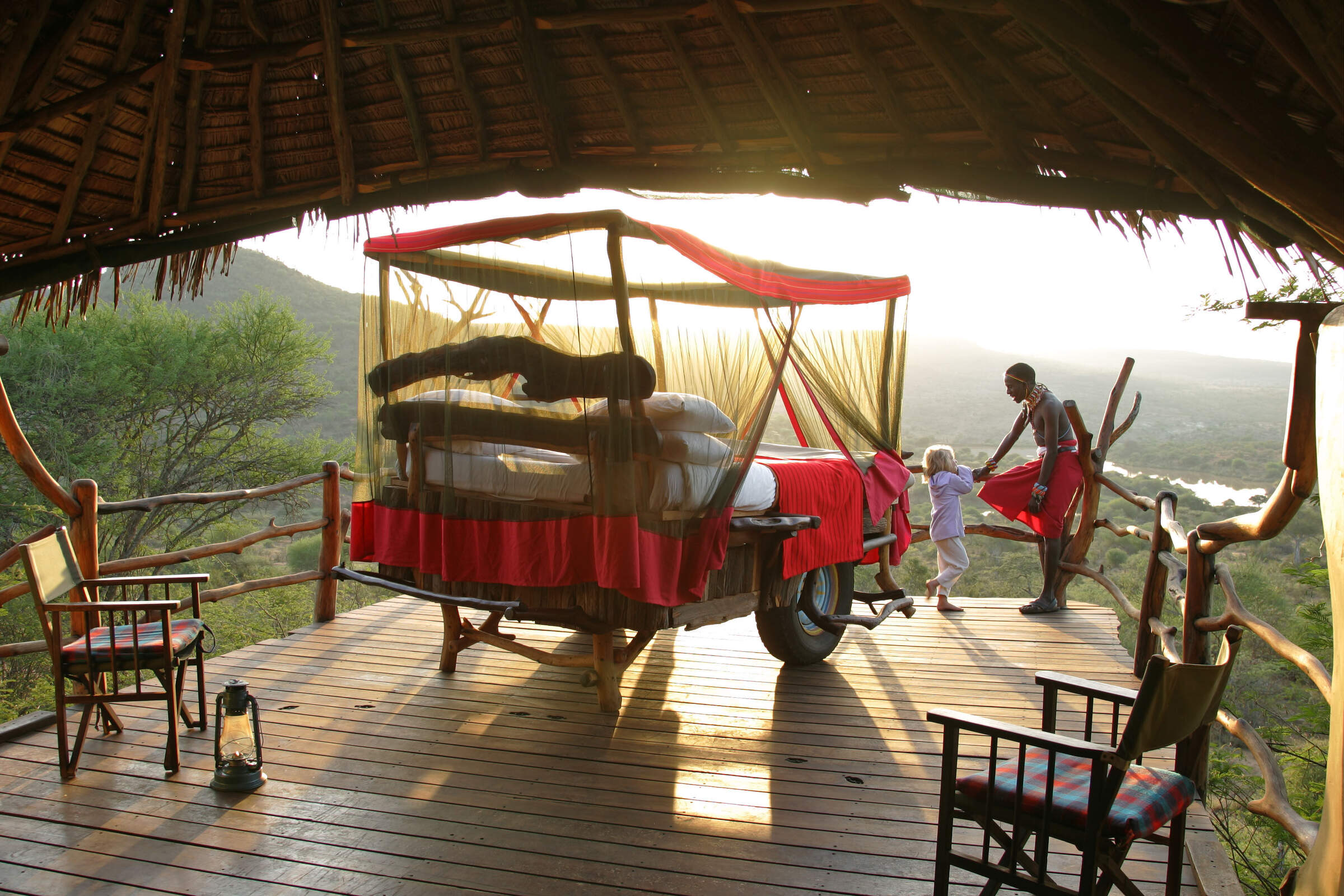
Loisaba Star Beds
Loisaba Starbeds is a simple camp of 4 rooms with pull-out, open-air 'star beds', located near a dam in the Loisaba Conservancy, in northwestern Laikipia.
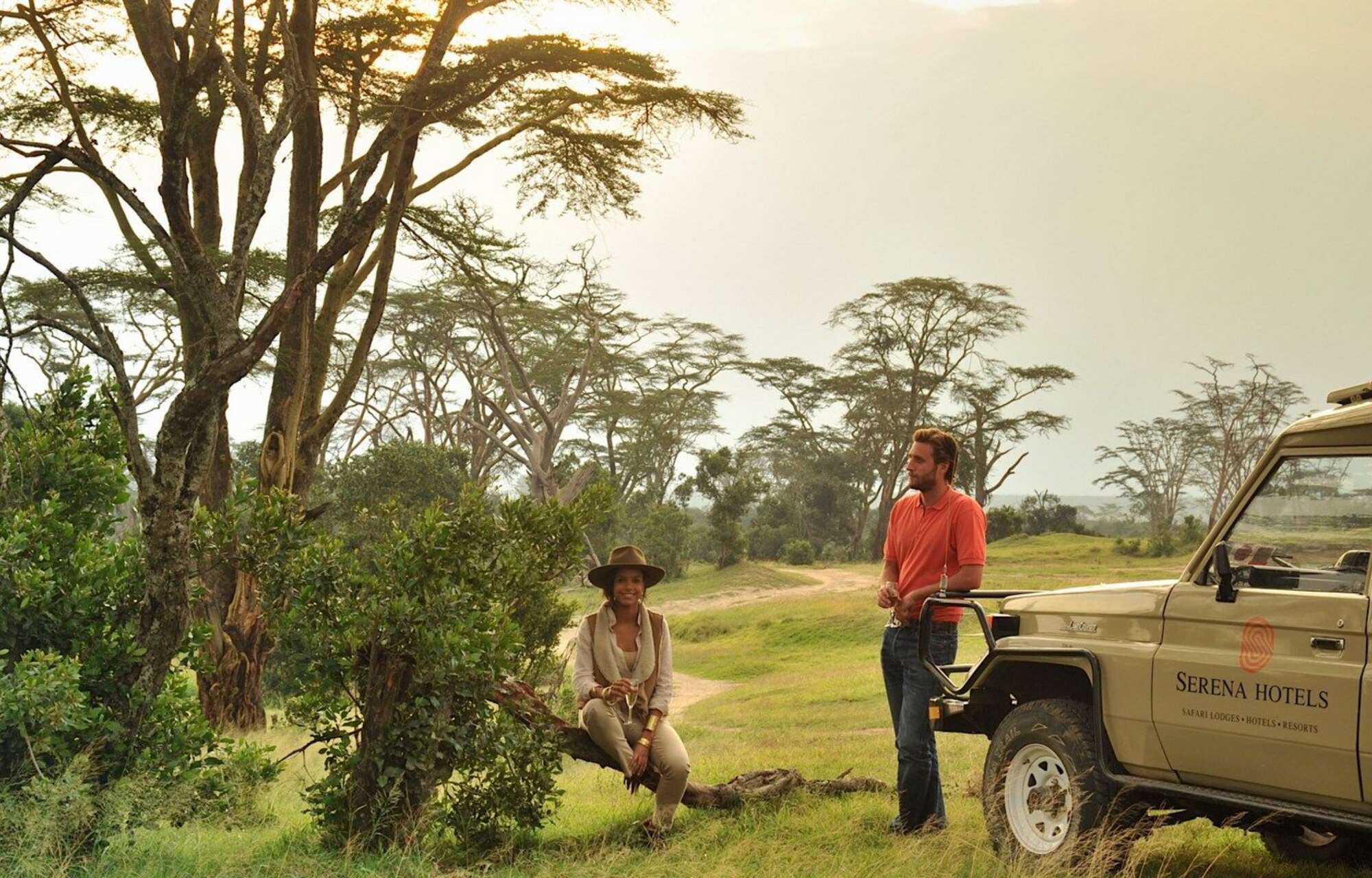
Sweetwaters Serena
Sweetwaters Serena is a large, older tented camp – the largest camp in the Laikipia region – in the eastern part of the Ol Pejeta Conservancy.
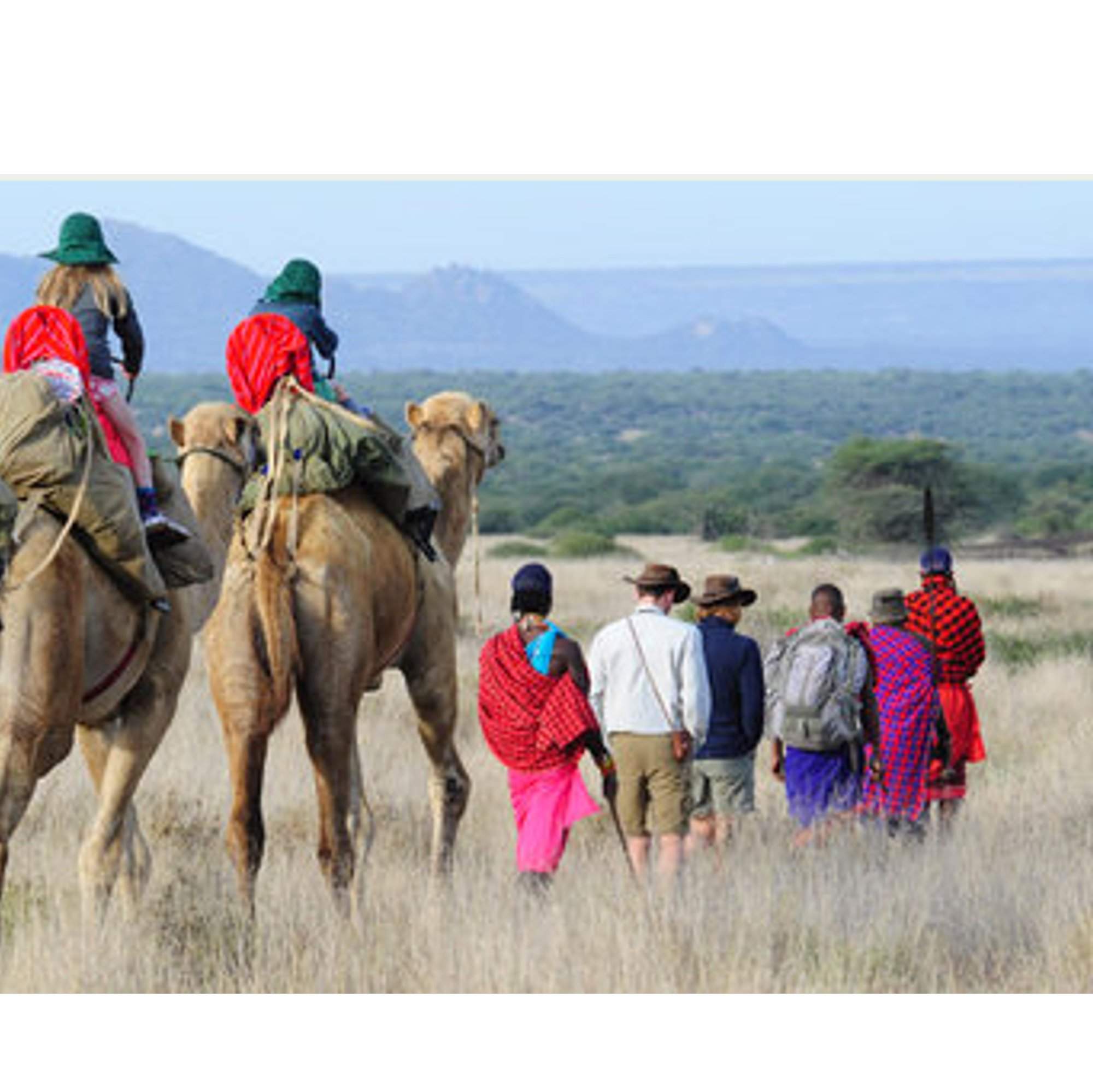
Karisia Walking Safaris
Karisia Walking Safaris operates camel assisted, multi-day walking safaris from its main camp, Tumaren, set in a remote part of Laikipia.
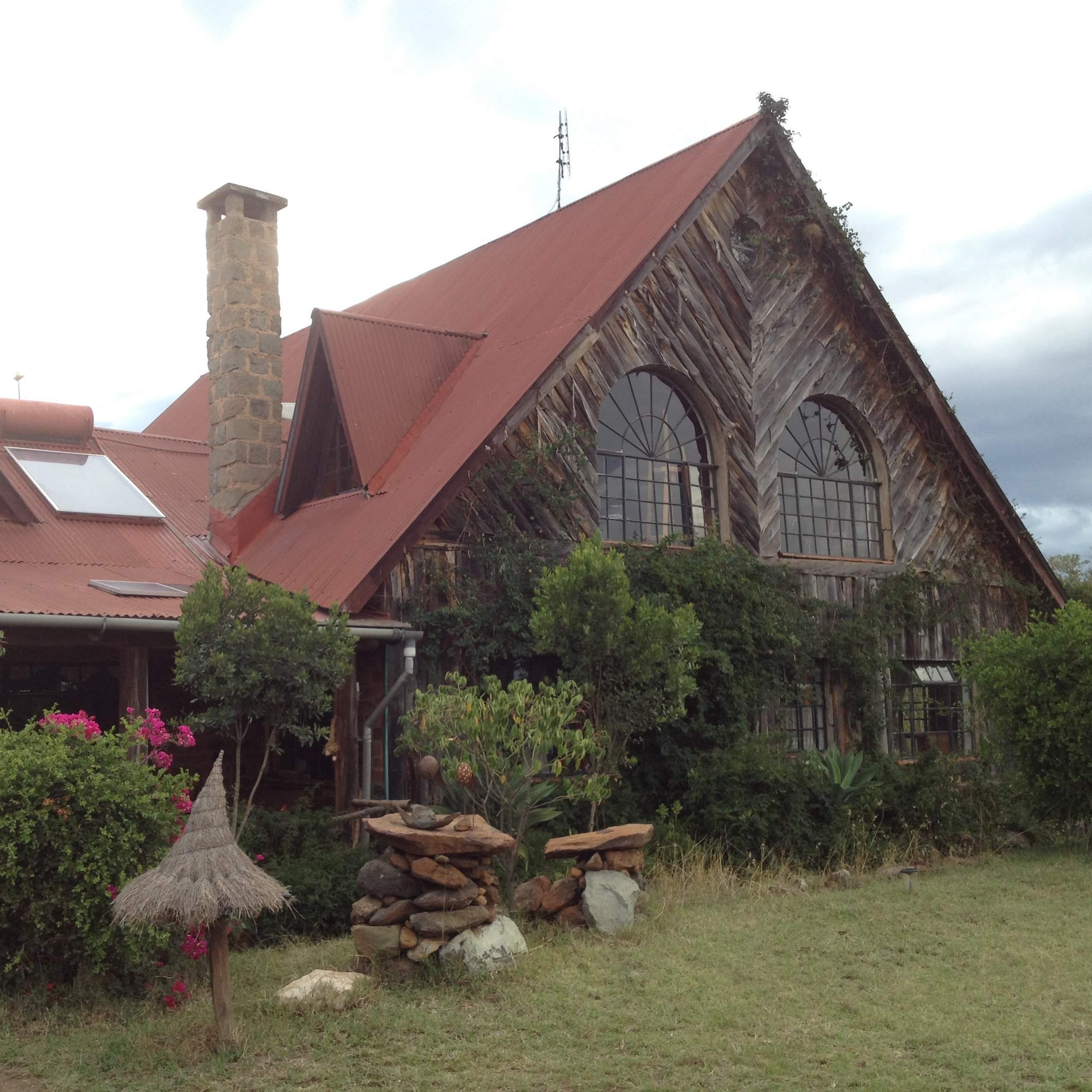
Sandai
Sandai is a pretty, owner-run homestay, set between the Aberdare Range and Mount Kenya, offering a range of activities at extra cost.
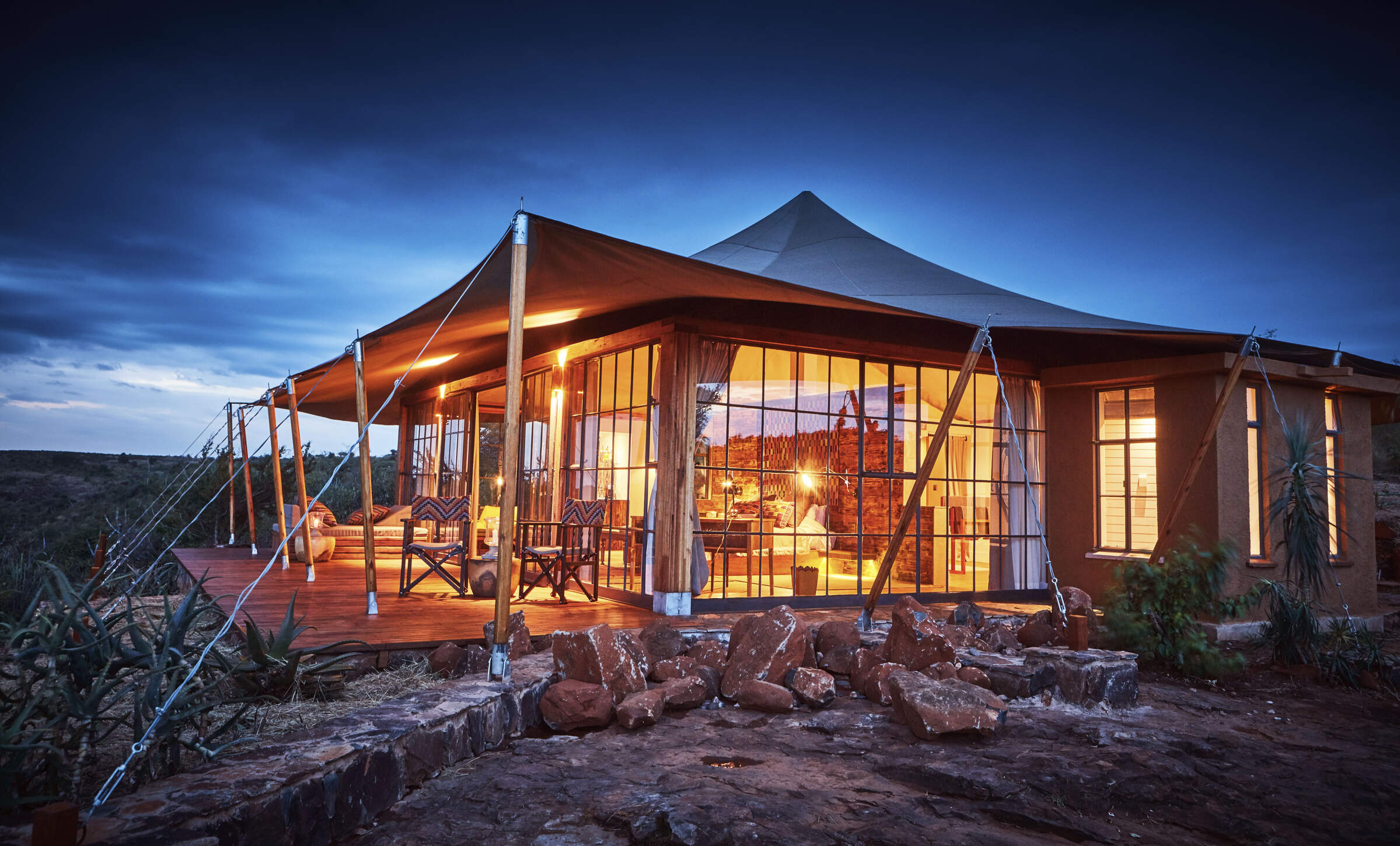
Lodo Springs
Lodo Springs is a spectacularly located luxury lodge in a remote spot in the Loisaba Conservancy, sister lodge to Loisaba Tented Camp and Loisaba Star Beds.
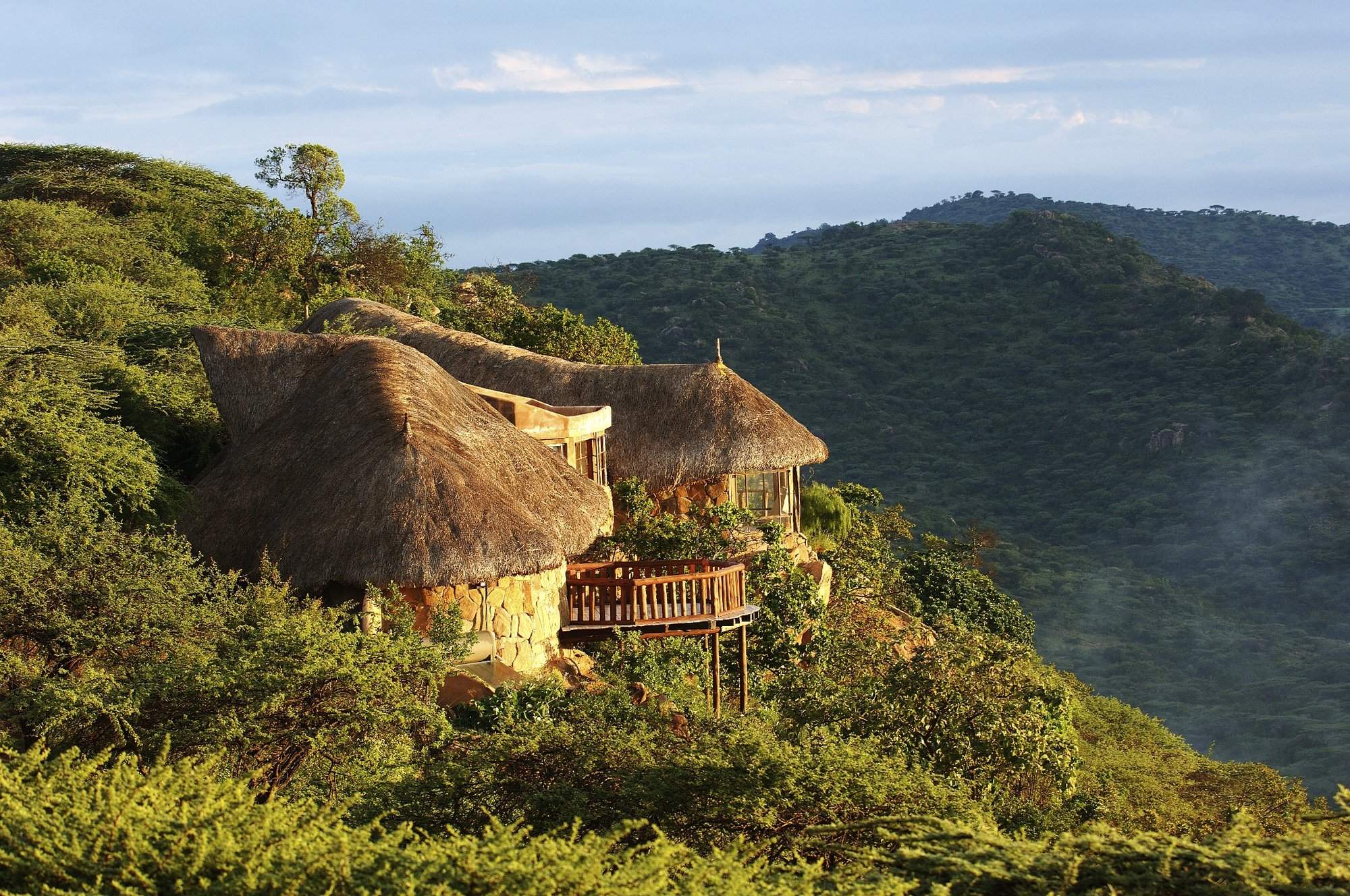
Sanctuary at Ol Lentille
The Sanctuary at Ol Lentille is an unusual safari lodge in northern Laikipia, consisting of three exclusive villas, and offering a huge range of activities.
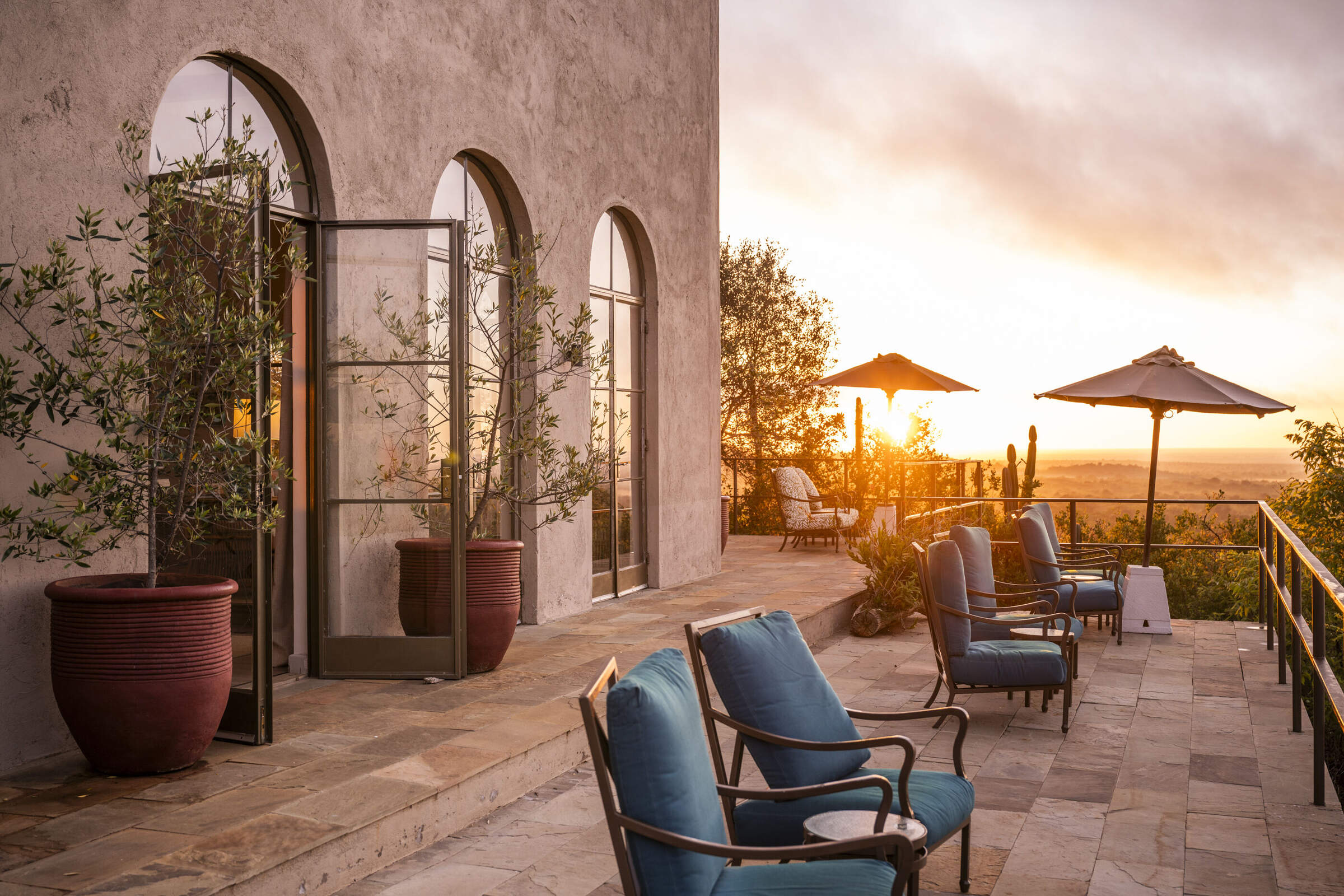
Governors' Mugie House
Governors' Mugie House – a substantial, luxury safari lodge – is one of only two properties in the Mugie Conservancy in northwestern Laikipia.
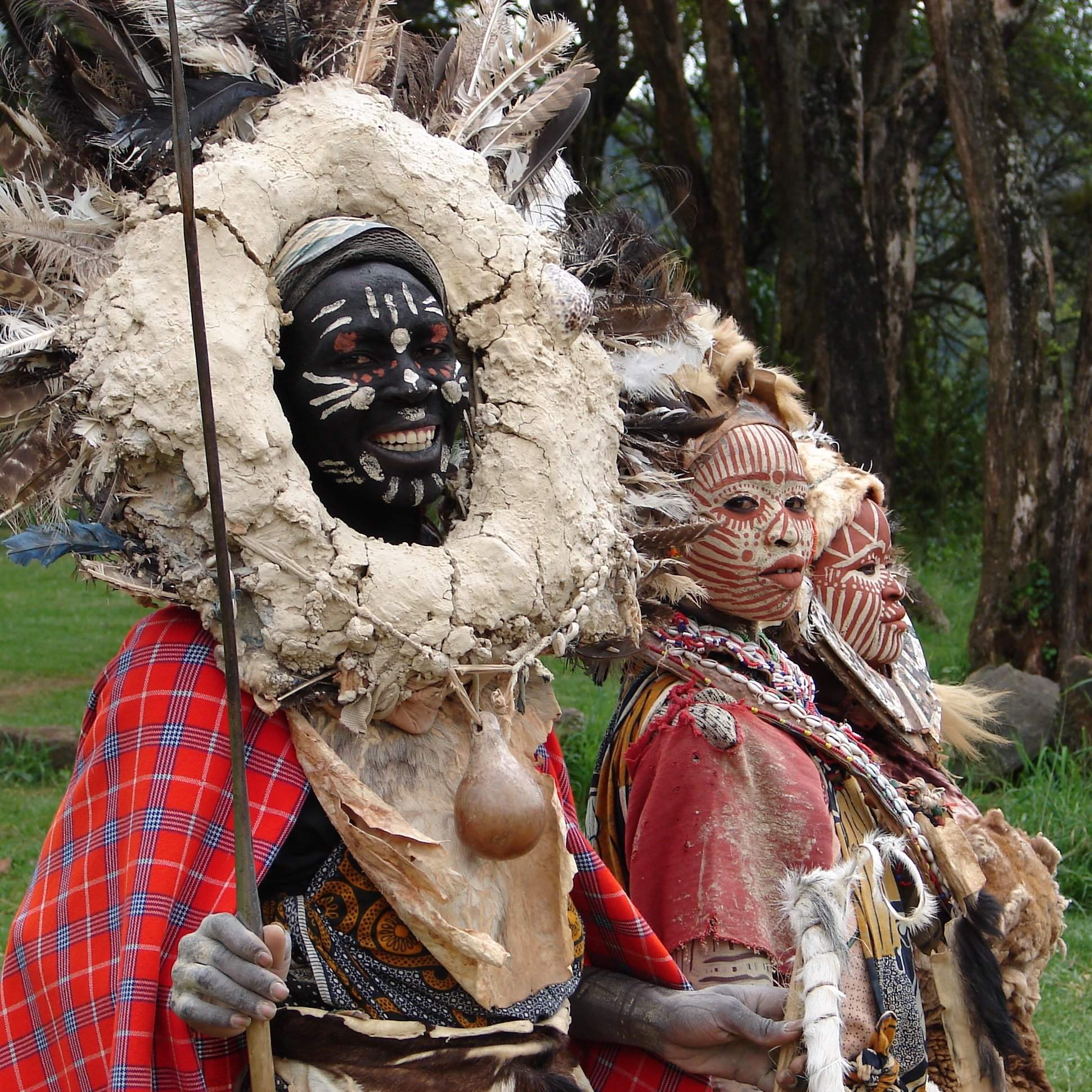
Thomsons Falls Lodge
Thomsons Falls Lodge is a simple hotel dating back to the colonial era, located above the falls of the same name, near the western Laikipia town of Nyahururu.
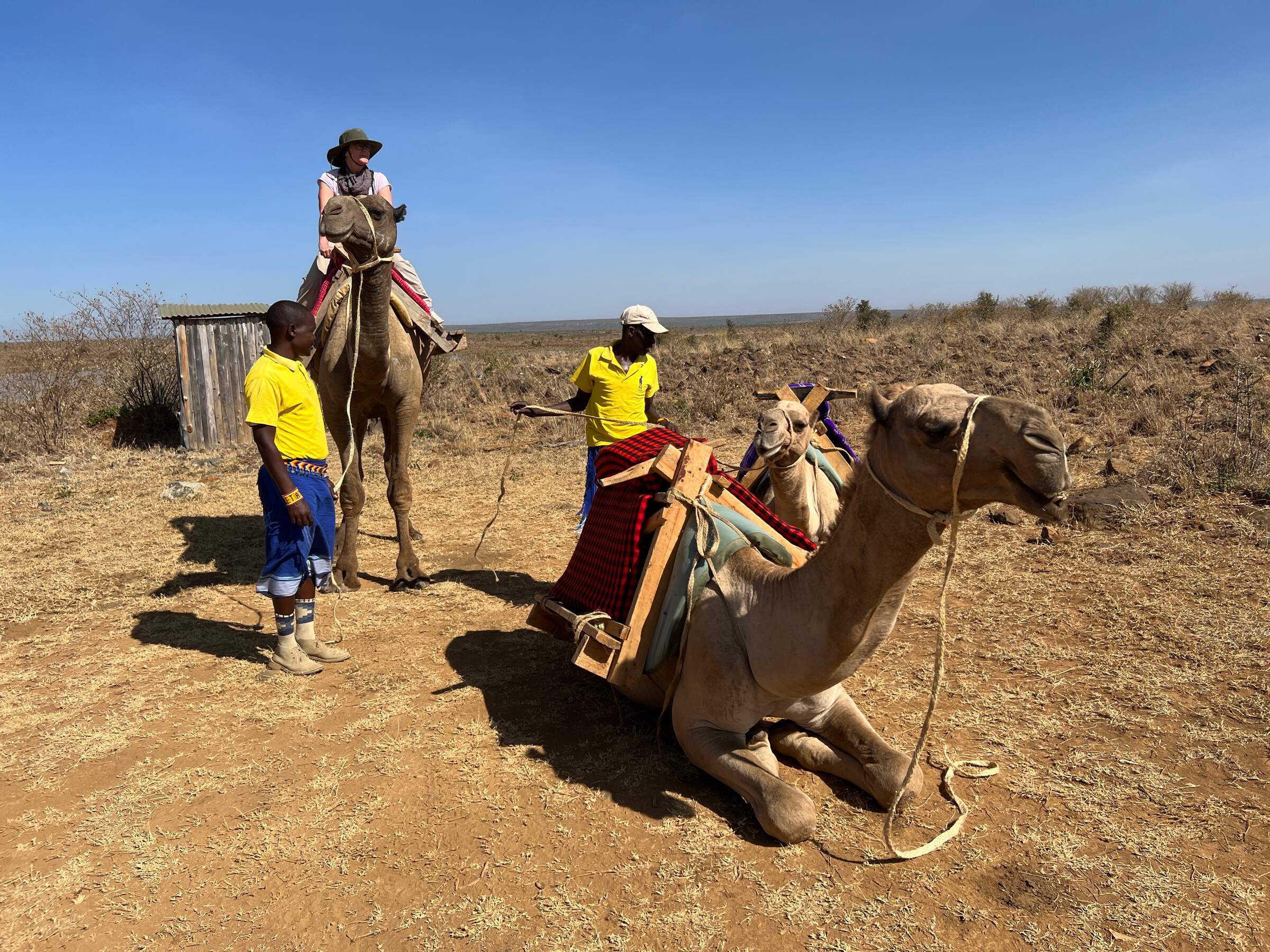
Ekorian's Mugie Camp
Ekorian's Mugie Camp is a pleasant, family-friendly safari camp in a remote location in northwestern Laikipia.
When to go to Laikipia
Our month by month guide: What it's like to visit Porini Rhino Camp in Laikipia
Jan
Feb
Mar
Apr
May
Jun
Jul
Aug
Sep
Oct
Nov
Dec
Laikipia in January
Clear, warm days and mild nights make this a popular time for safaris in Laikipia. It's excellent for game viewing in all the conservancies, where water sources attract diverse wildlife. The dry conditions make it easier to spot black rhinos, lions and leopards. Star bed sleep-out options at a number of lodges are particularly magical under the clear night skies.
After the New Year period, many camps and lodges treat January as mid-season, offering good value. The landscape retains some greenery, enhancing photography.
- Clear days ideal for safaris
- Excellent visibility for wildlife viewing
- Dry riverbeds attract wildlife to water sources
- Calving season for wildebeest and antelopes
- Palearctic migrant birds abundant
Our view
Fantastic: the very best time to visit
Weather in January
Laikipia in February
With the short dry season well established in Laikipia, wildlife gathers close to water points, making it an excellent time for safaris. Ol Pejeta and Lewa Wildlife Conservancies offer prime viewing opportunities for endangered species like black rhinos and Grevy's zebras. Solio Rhino Conservancy provides exceptional black rhino sightings during this period. The grass is grazed down, improving visibility across the region.
February is ideal for walking safaris, where you can appreciate the smaller details of the ecosystem. The clear skies make stargazing from star beds an unforgettable experience. Cultural visits to local communities are particularly rewarding, as the pleasant weather encourages outdoor activities and interactions.
- Prime time for wildlife gathering near water
- Ideal conditions for walking safaris
- Palearctic migrant birds still present
- Low rainfall makes game drives rewarding
Our view
A very good time to visit
Weather in February
Laikipia in March
As March progresses in Laikipia, the weather becomes increasingly hot and humid with more rain likely later in the month. Through most of the month, conditions are still good for game drives in most districts. As the month advances, the buildup to the rainy season becomes apparent.
This period can offer unique photographic opportunities as animals congregate around diminishing water sources. Accommodation costs decrease as the low season approaches.
- Early month offers great wildlife viewing
- Hot weather transitions to occasional rains
- Lower visitor numbers
- Lush vegetation begins to appear
Our view
A good time to visit, with pros & cons
Weather in March
Laikipia in April
April usually sees established, serious rainfall in much of Laikipia, transforming the landscape. The southeast monsoon wind brings cooler temperatures and frequent downpours. While game viewing can be challenging due to lush vegetation, the green season offers unique experiences, with new-born animals visible among the verdant scenery.
The landscape bursts into life with vibrant colours, ideal for photography. Birdwatching is excellent with many species breeding. This is a quieter time for tourism, with lower accommodation rates at many places allowing for a more exclusive safari experience for great levels of service.
- Long rains begin, transforming landscapes
- Green season offers unique photo opportunities
- Lower rates at Laikipia's luxury lodges
- Buffalo and zebra calving season commences
- Birdwatching excellent
Our view
A good time to visit, with pros & cons
Weather in April
Laikipia in May
May in Laikipia is characterised by ongoing rains and lush vegetation. While game viewing can be trickier, the vibrant landscapes offer spectacular photographic opportunities with very little dust. The landscapes are a sea of green, with diverse and thriving flora.
This is an excellent time for birdwatching across the region as breeding season continues. The Ewaso Nyiro river swells impressively. Despite potential challenges, patient visitors may witness dramatic scenes of predators hunting in the thick vegetation.
- Lush vegetation makes wildlife spotting trickier
- Great for landscape and nature photography
- Rutting season for wildebeest and impalas
- Frog breeding season in Laikipia's wetlands
- Mount Kenya views improve with clearer air
Our view
A good time to visit, with pros & cons
Weather in May
Laikipia in June
As June progresses in Laikipia, the rains give way to slightly cooler, cloudy weather. This transition marks the beginning of a long, generally dry, high season for visitors. Game viewing improves as vegetation starts to thin, and conditions are comfortable.
The Ewaso Nyiro river, still full from the rains, attracts diverse wildlife. Accommodation rates begin to rise, reflecting the start of peak season.
- Rains subside, ushering in cooler weather
- High season begins with increased visitors
- Comfortable conditions game viewing
Our view
A good time to visit, with pros & cons
Weather in June
Laikipia in July
July in Laikipia brings cooler temperatures and ideal conditions for safaris. Animals concentrate around water sources on the conservancies, providing excellent game viewing opportunities.
July marks the peak of the high season, with higher accommodation rates and visitor numbers. The dry conditions make it easier to spot elusive species like leopards and black rhinos.
- Cool weather perfect for walking and riding
- Wildlife concentrates around water sources
- Excellent conditions for photography tours
Our view
A good time to visit, with pros & cons
Weather in July
Laikipia in August
August in Laikipia offers mild, dry weather, perfect for safaris. The conservancies teem with wildlife, including endangered species like black rhinos and Grevy's zebras. The landscapes offer stunning vistas and excellent conditions for game drives and walking safaris. The dry conditions make it easier to spot big cats across the region. This is peak season, so expect higher visitor numbers and accommodation rates.
You might consider combining your Laikipia safari with a stay at the nearby Samburu National Reserve, known for its “northern five” species – Grevy’s zebra, reticulated giraffe, beisa oryx, gerenuk and Somali ostrich.
- Peak season for wildlife viewing in Laikipia
- Mild weather ideal for outdoor activities
- Busy period requires advance bookings
Our view
A good time to visit, with pros & cons
Weather in August
Laikipia in September
As September progresses in Laikipia, the weather typically remains dry with clearing skies, signalling excellent safari conditions. Early September can be busy, but visitor numbers decrease later in the month. In the conservancies, game viewing is exceptional as animals congregate around limited water sources.
September generally offers excellent conditions for photography.
- Hot, dry weather with good visibility
- Quieter period for more exclusive safaris
- Natural bush fires flush out insects and small animals for predators
Our view
Fantastic: the very best time to visit
Weather in September
Laikipia in October
October in Laikipia brings generally hot and mostly dry conditions, ideal for safaris. It's a favourite month for many visitors due to the good weather and fewer visitors. The conservancies offer excellent game viewing, with animals concentrated around water sources. The Solio Rhino Conservancy provides exceptional rhino sightings in the dry conditions.
Birdwatching is rewarding as Palearctic migrants begin to arrive. Cultural visits to Maasai communities remain a highlight. Consider combining your Laikipia safari with a trip to the nearby Samburu National Reserve for a diverse wildlife experience.
- Warm or hot and mostly dry conditions for safaris
- Migratory birds start arriving
- Perfect for photography
Our view
A very good time to visit
Weather in October
Laikipia in November
November in Laikipia marks the beginning of the short rains, usually in the latter half of the month. This transition brings about dramatic changes in the landscape. Early November can still offer good game viewing before the rains intensify. Then the bush begins to green, creating beautiful scenery.
As the low season begins, accommodation rates decrease, and visitor numbers drop too, allowing for a more exclusive safari experience. Birdwatching becomes excellent with the arrival of many migratory species. November is ideal for photographers capturing the changing landscapes and dramatic skies, with low dust and clear air. Cultural visits to Maasai communities offer insights into how local life adapts to the changing seasons.
- Short rains begin, transforming landscapes
- Low season offers better rates and privacy
- Excellent time for birdwatching in Laikipia
- Lush scenery provides stunning backdrops
Our view
A good time to visit, with pros & cons
Weather in November
Laikipia in December
In a typical December, Laikipia sees the short rains finish by mid-month, leaving the landscape at its most beautiful. Clear blue skies return, heralding the start of the second peak visitor season from around 20 December onwards. The conservancies offer excellent game viewing with lush backdrops.
Christmas can occasionally be wet, but most years see perfect safari conditions by the festive season. This is an ideal time to combine wildlife viewing with cultural experiences, such as visiting Maasai communities.
- Rains typically end, leaving landscapes lush
- Peak tourist season begins mid-month
- Christmas safaris popular in conservancies
- Night sky clarity ideal for stargazing
Our view
A good time to visit, with pros & cons
Weather in December

Looking for inspiration on where to travel next?
Visit our trip chooser to explore your options and find inspiration for your perfect African adventure
Inspire me